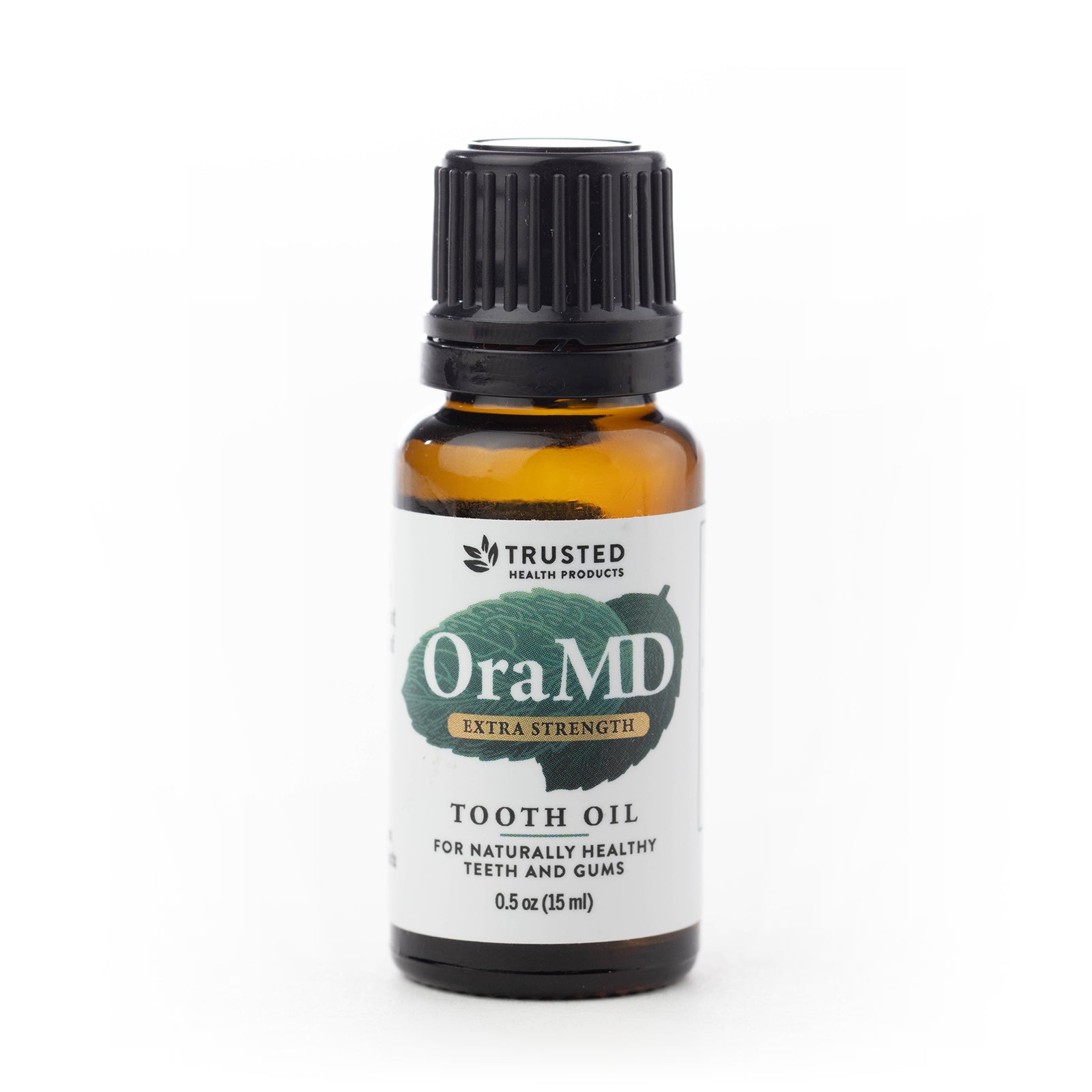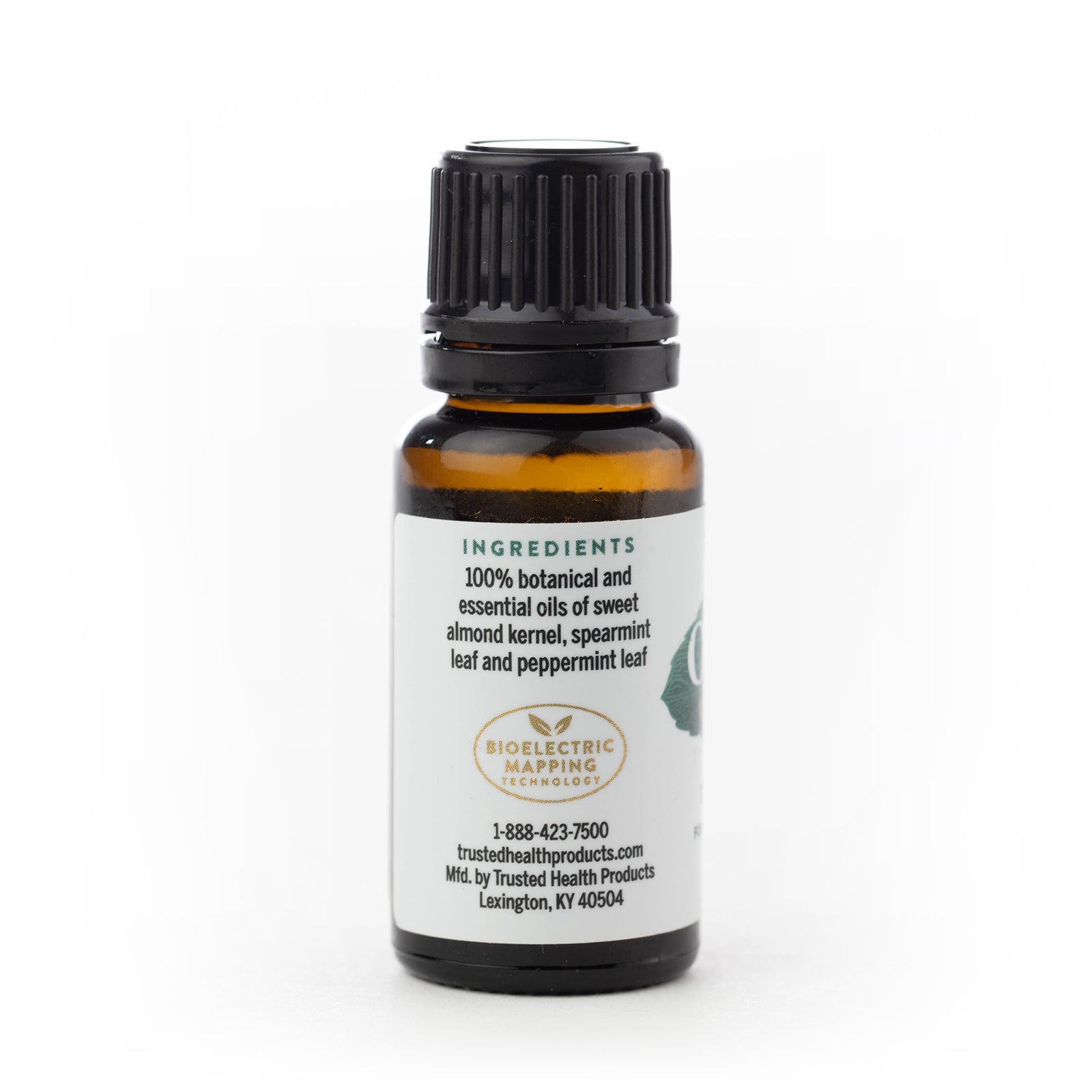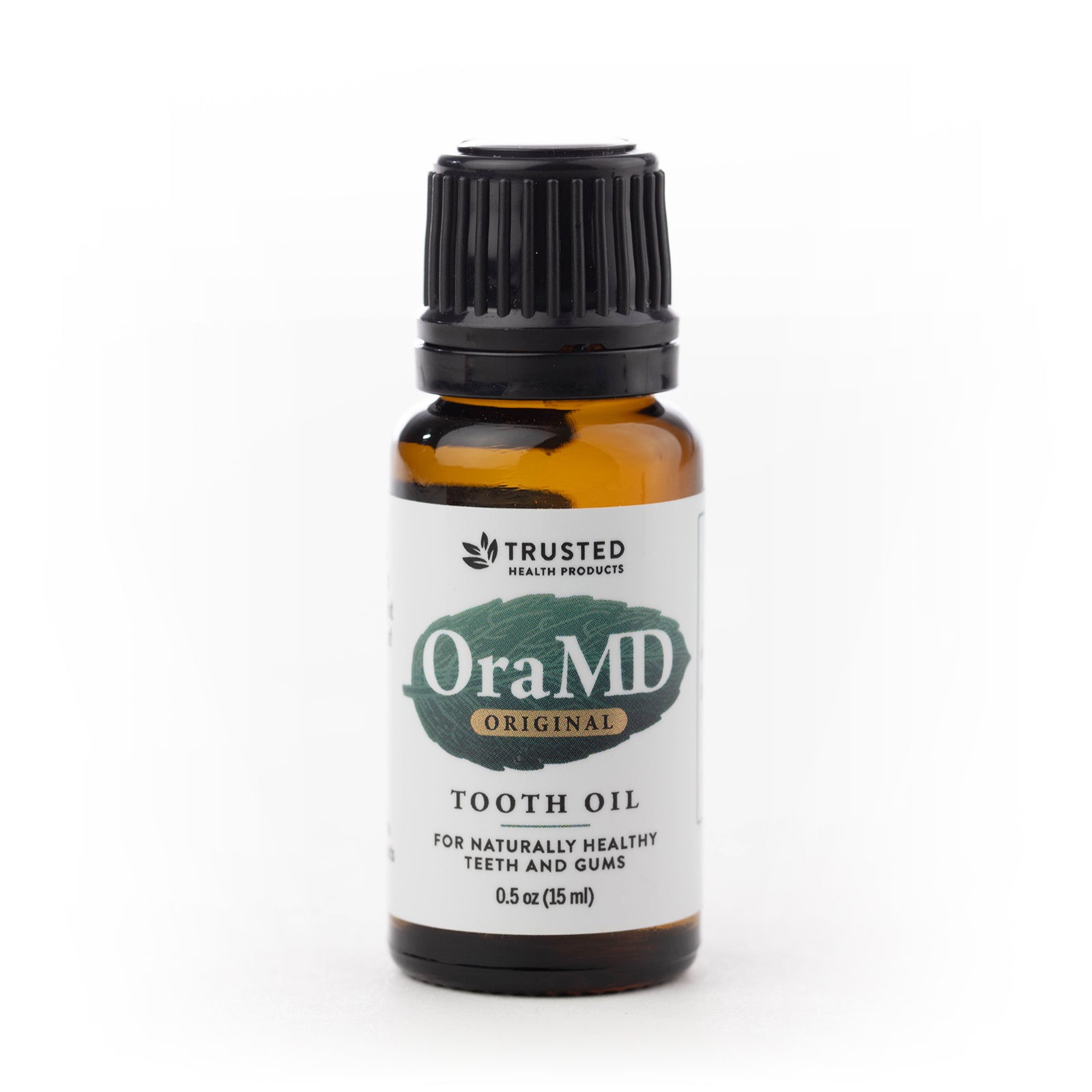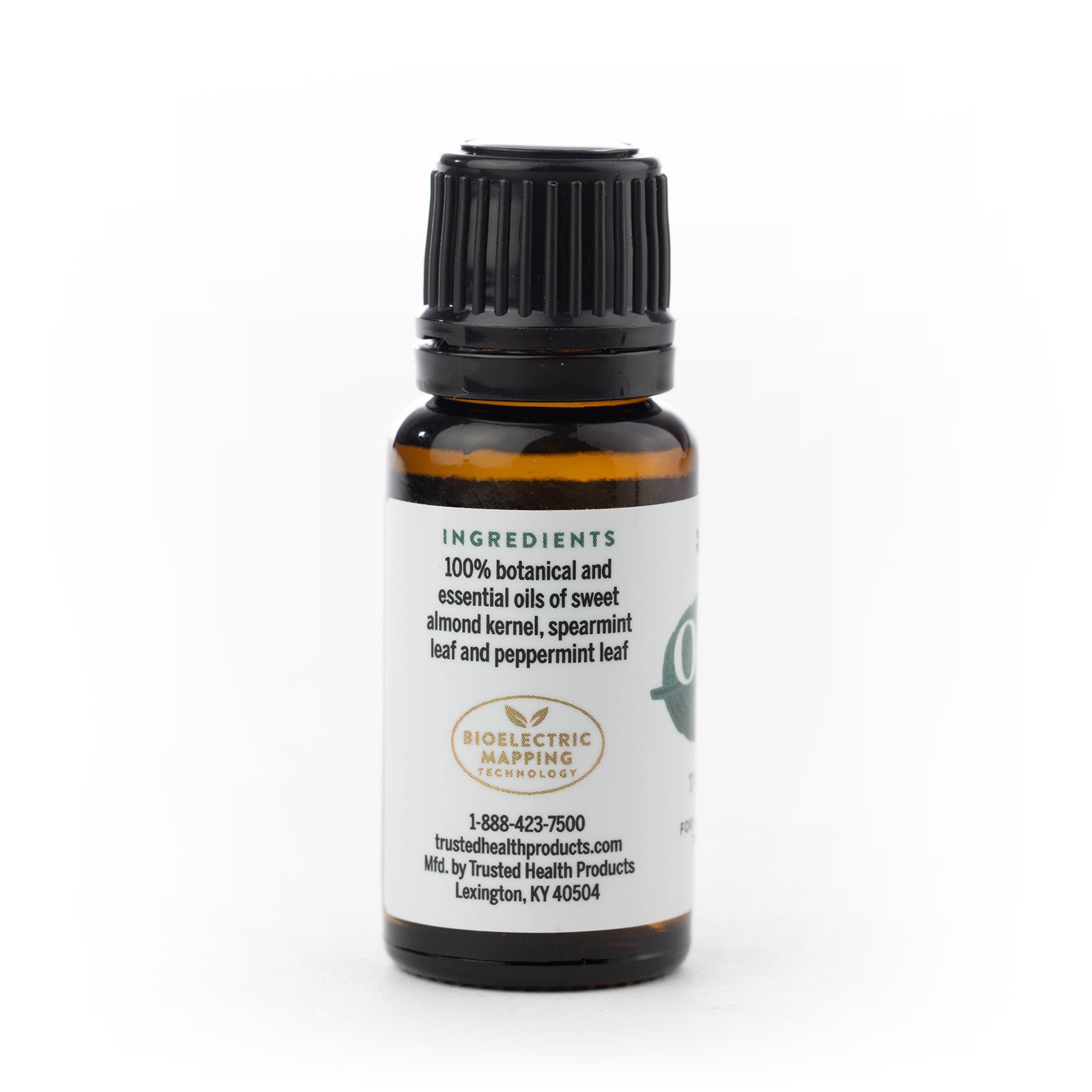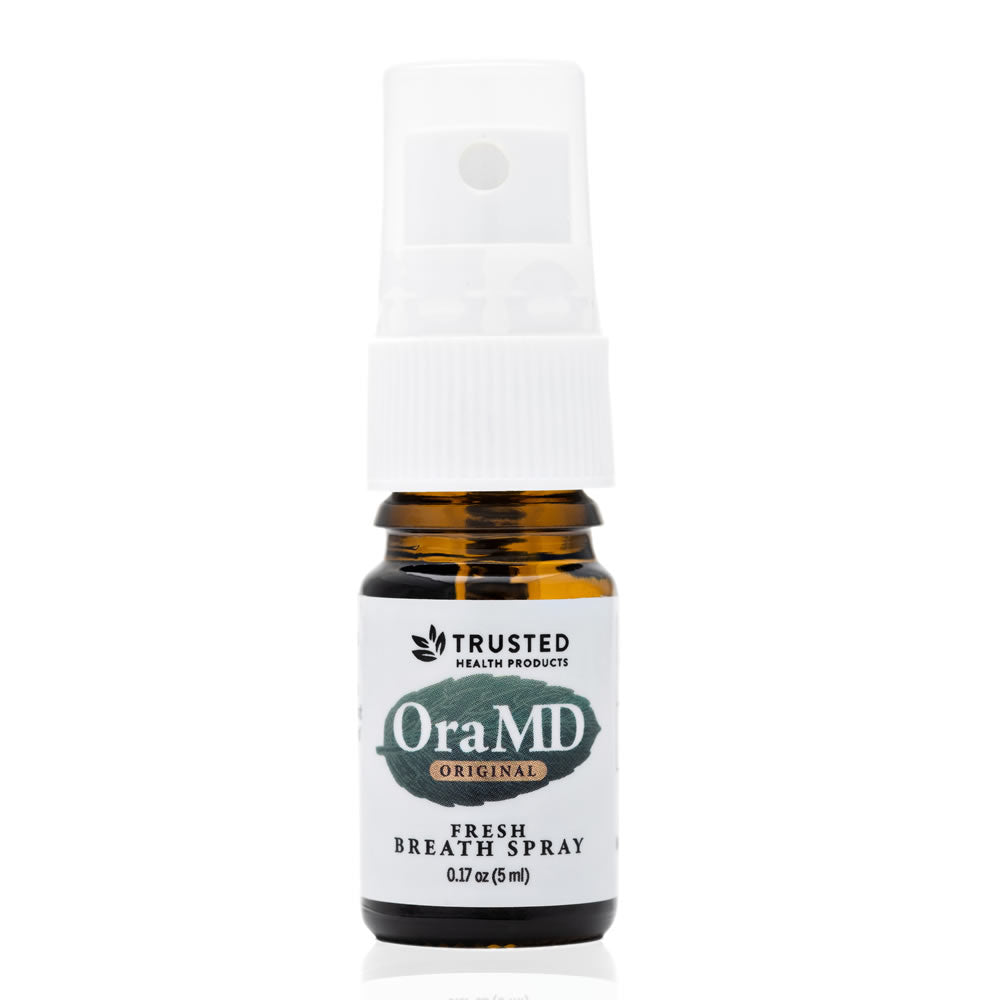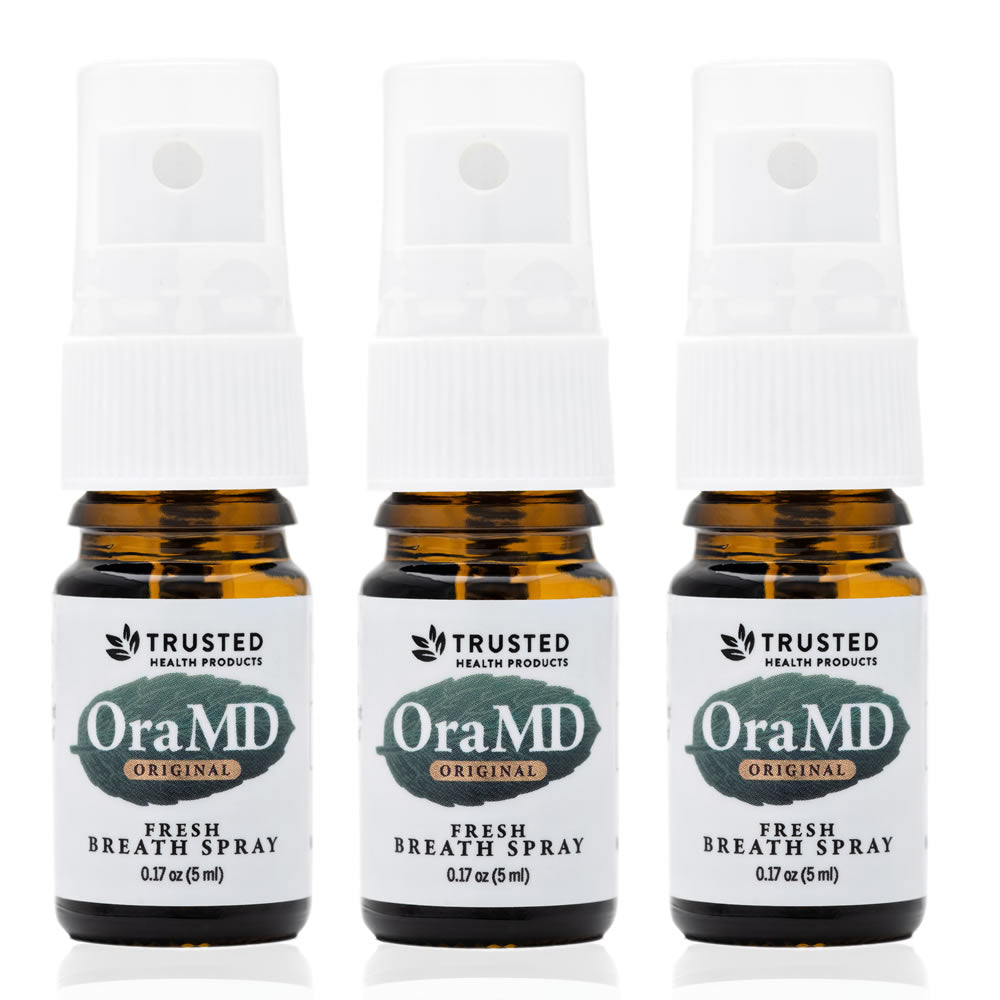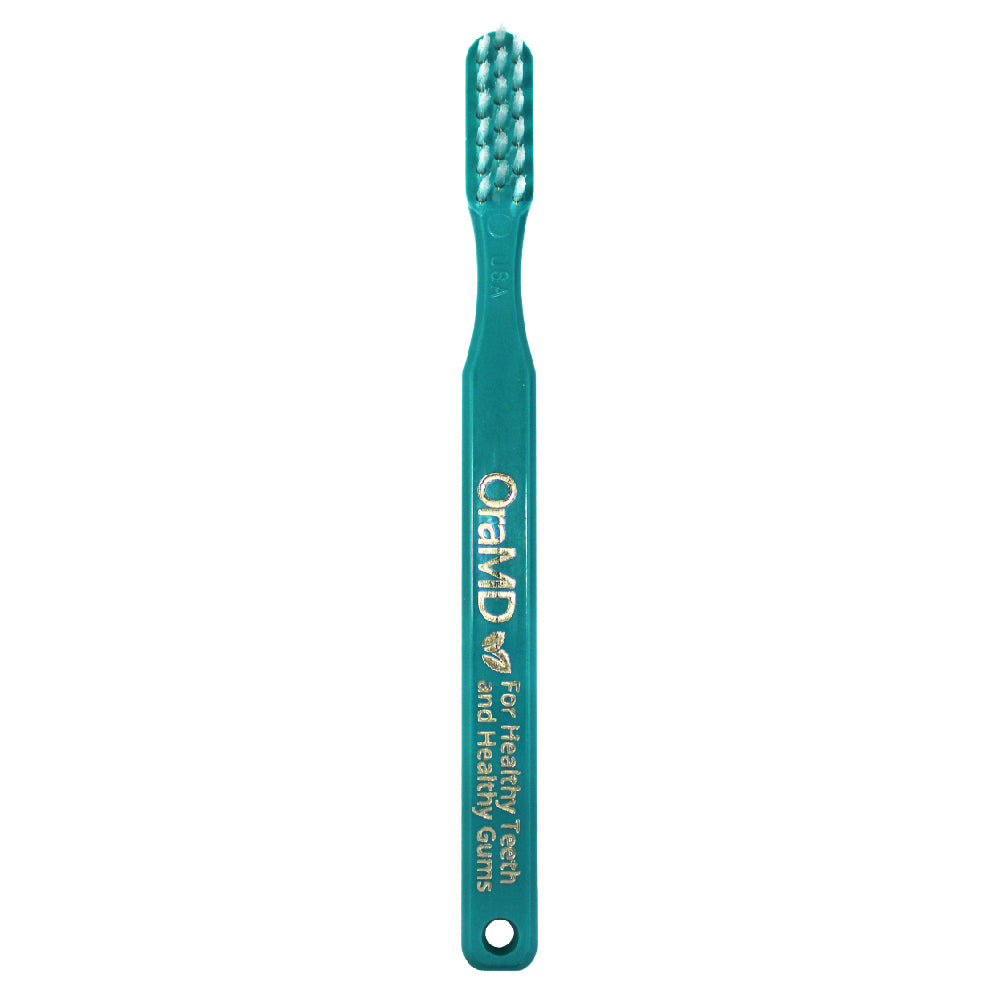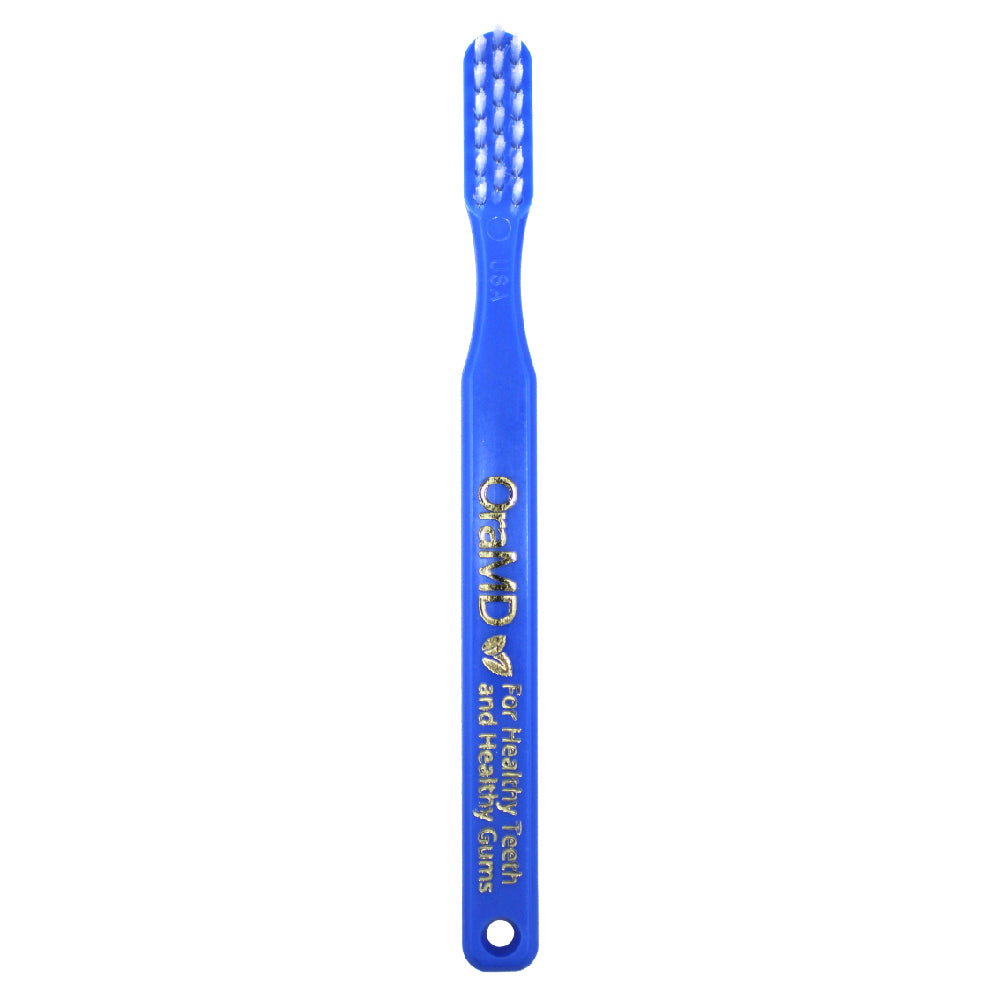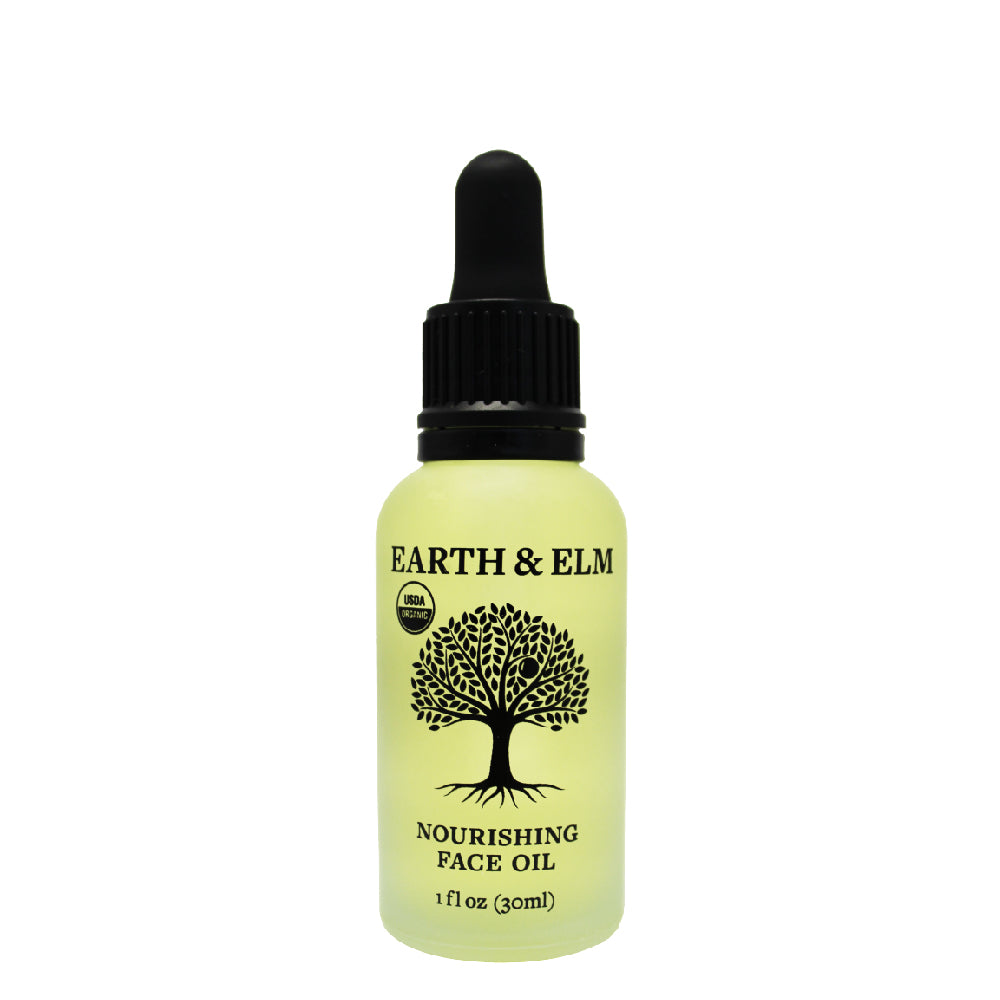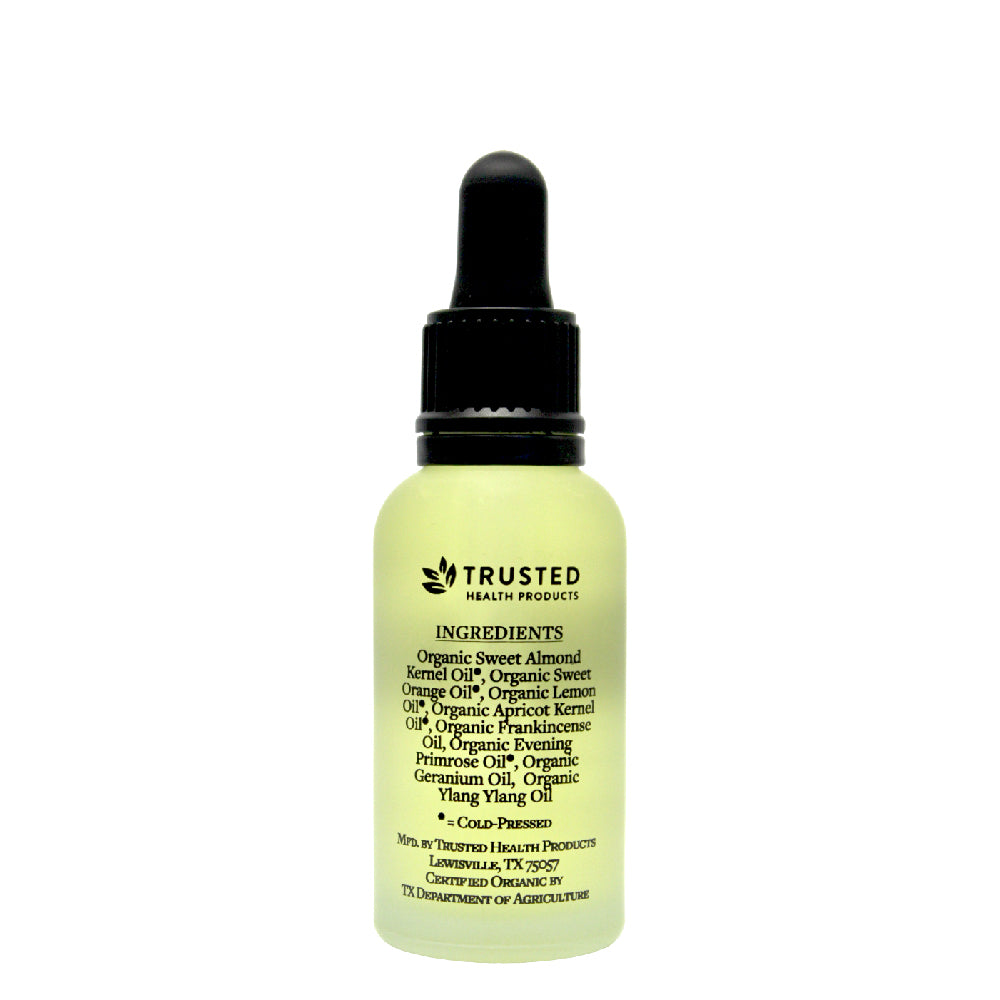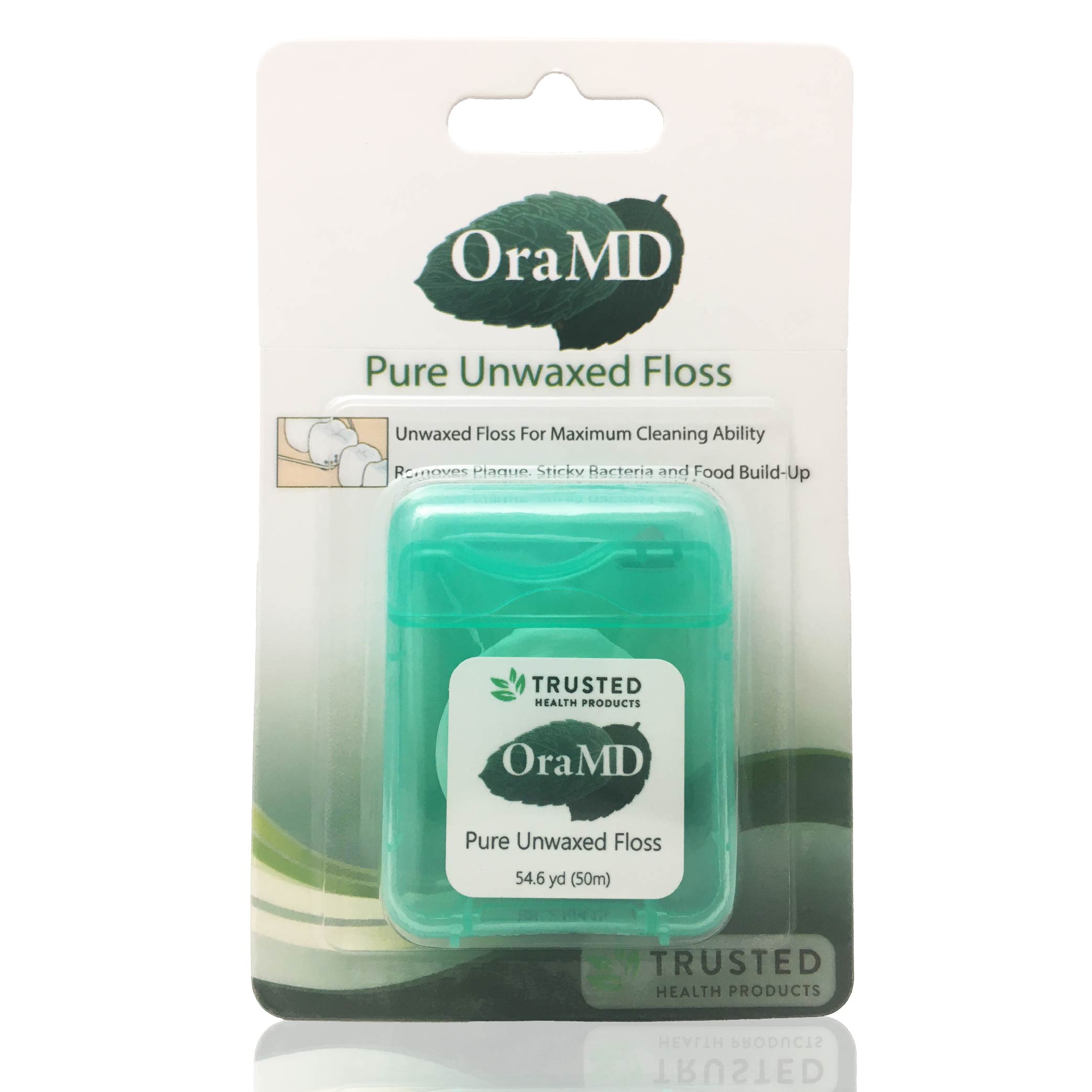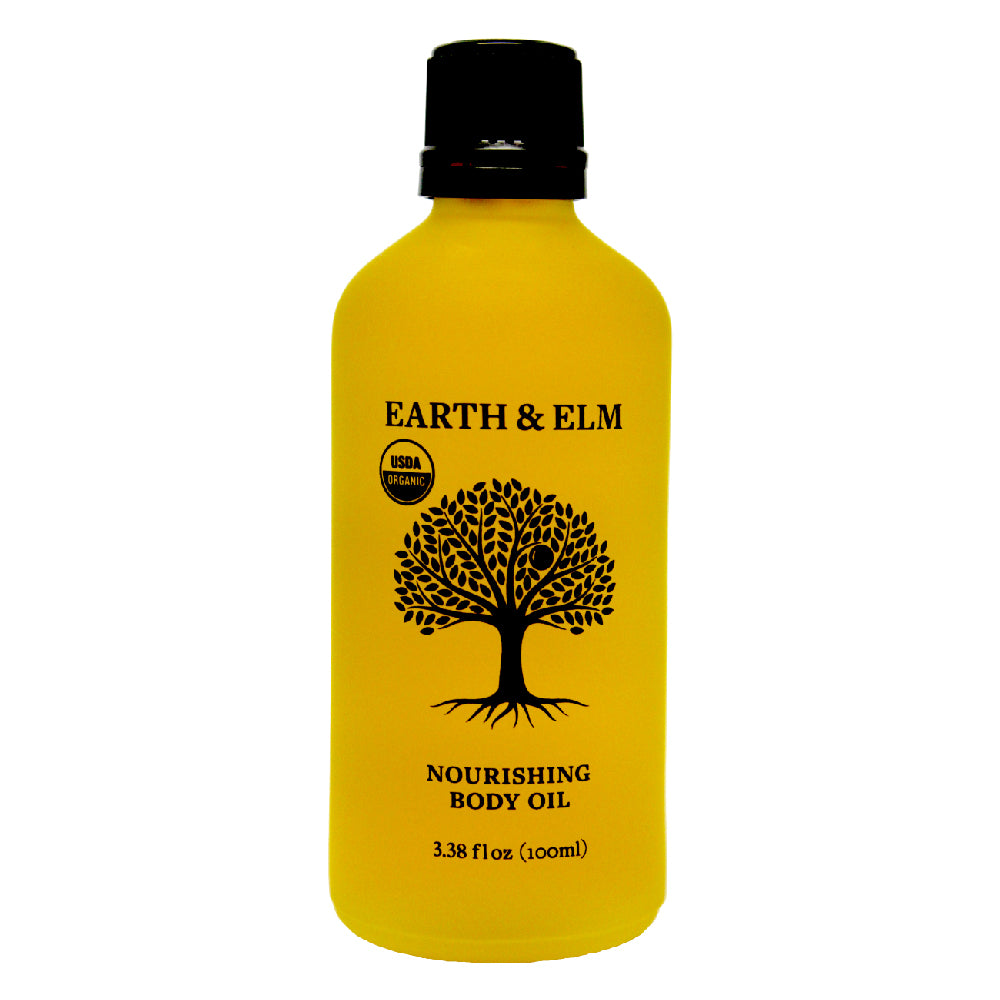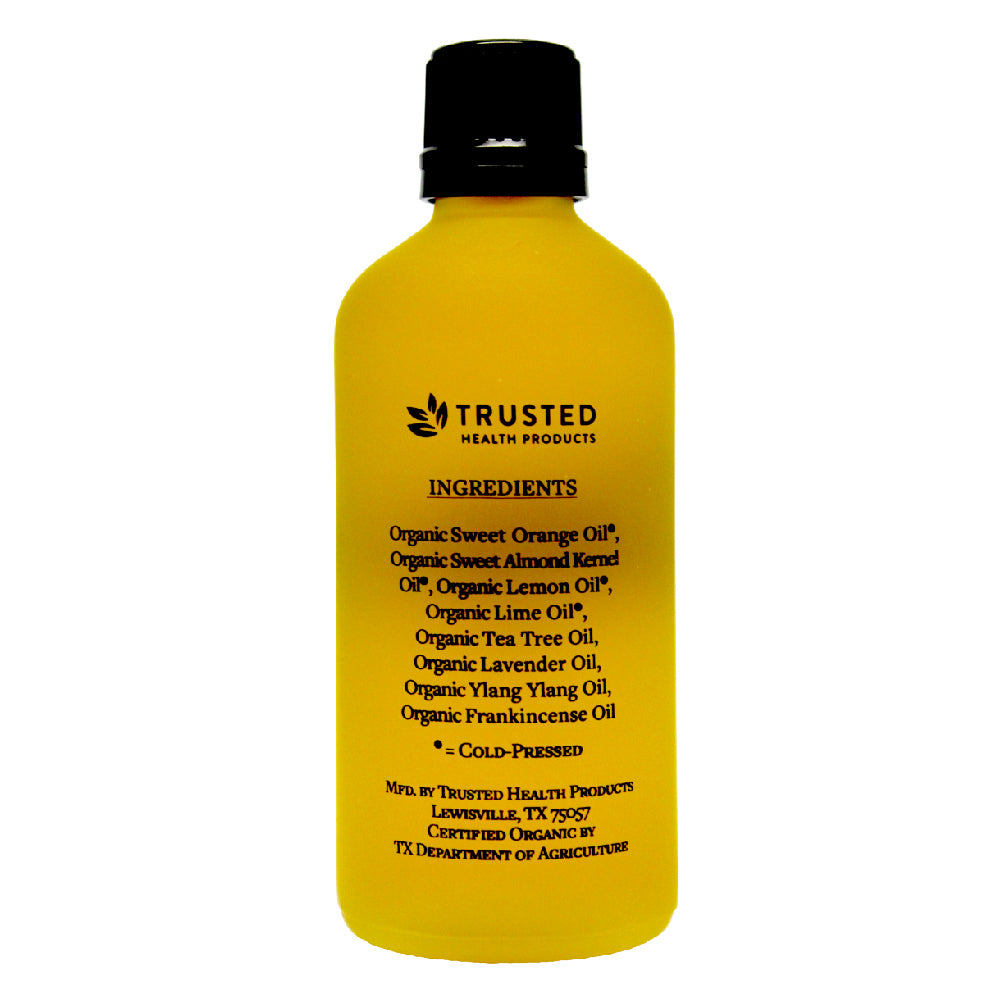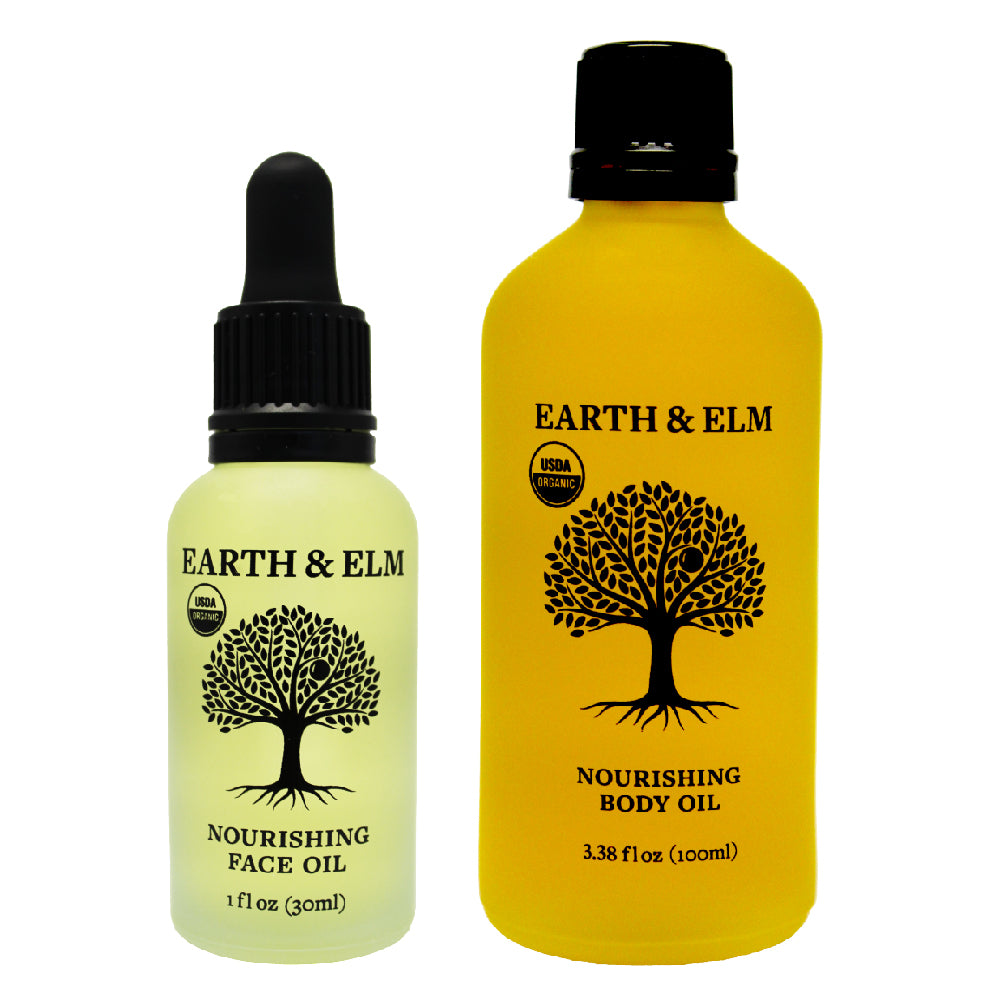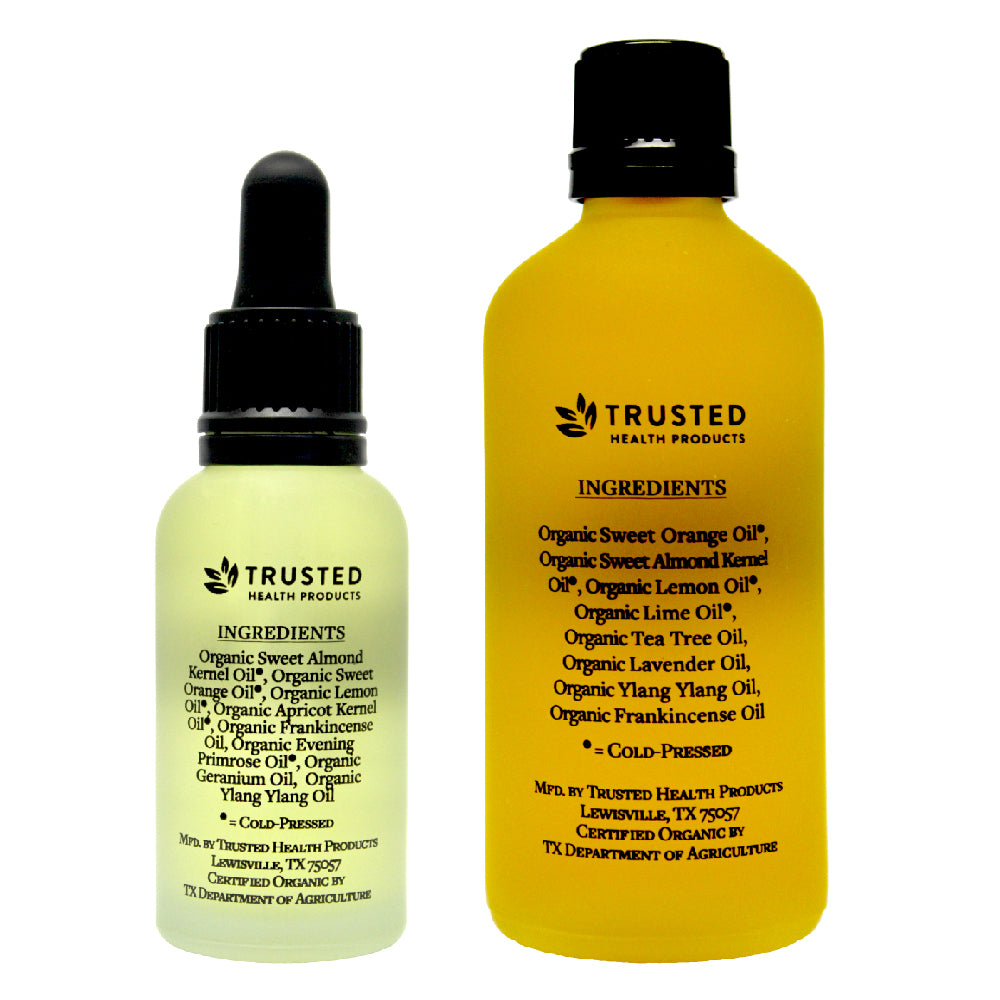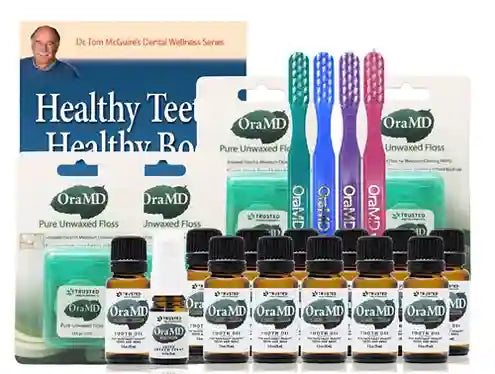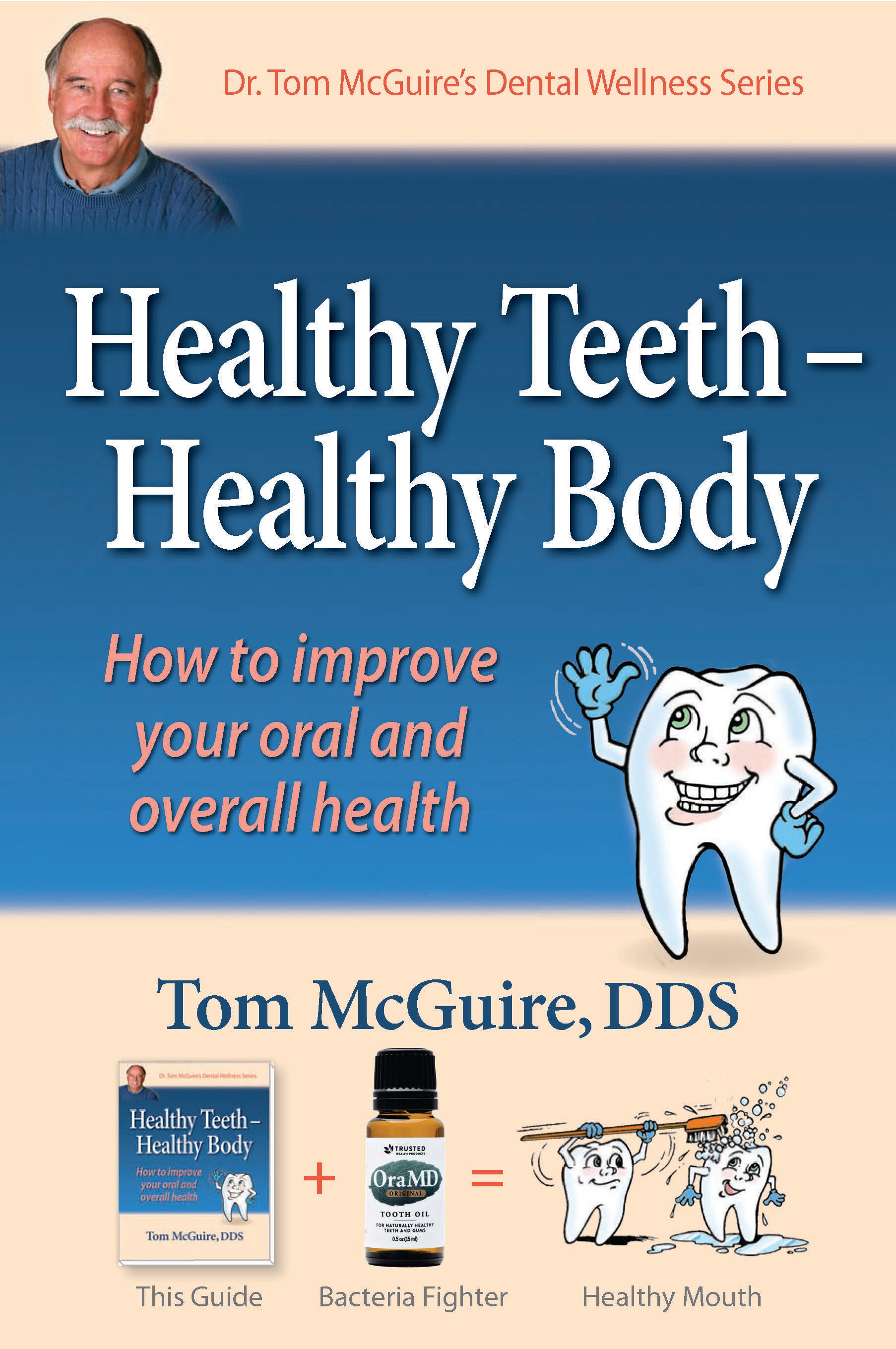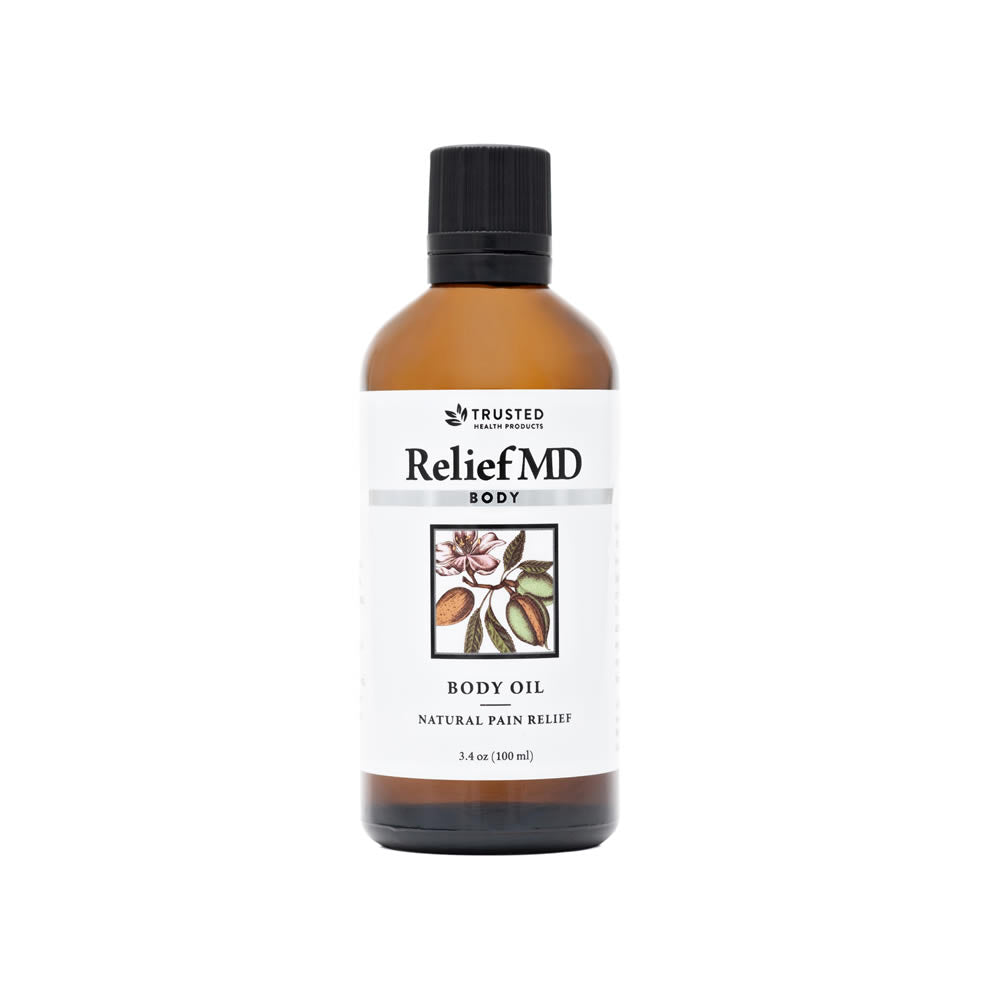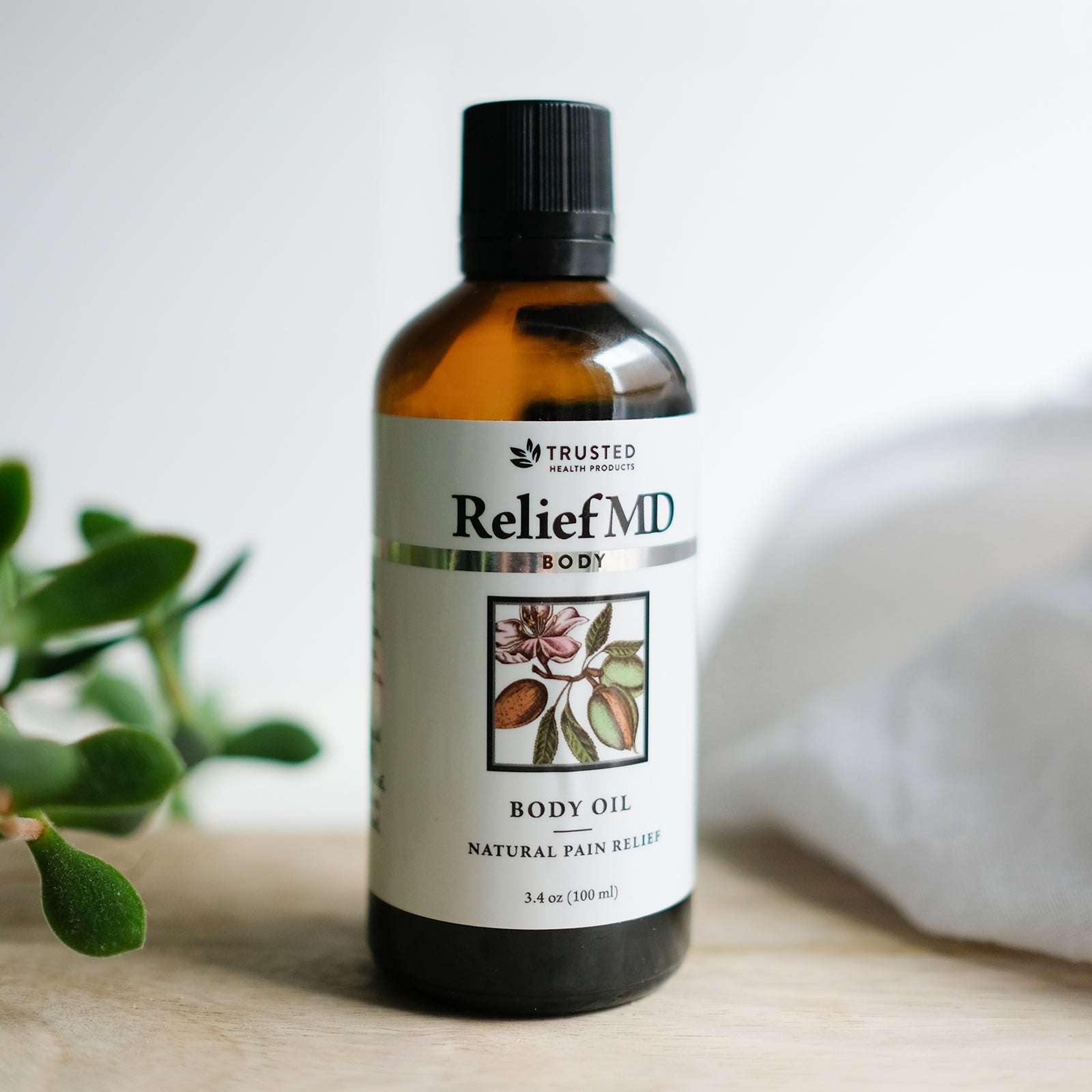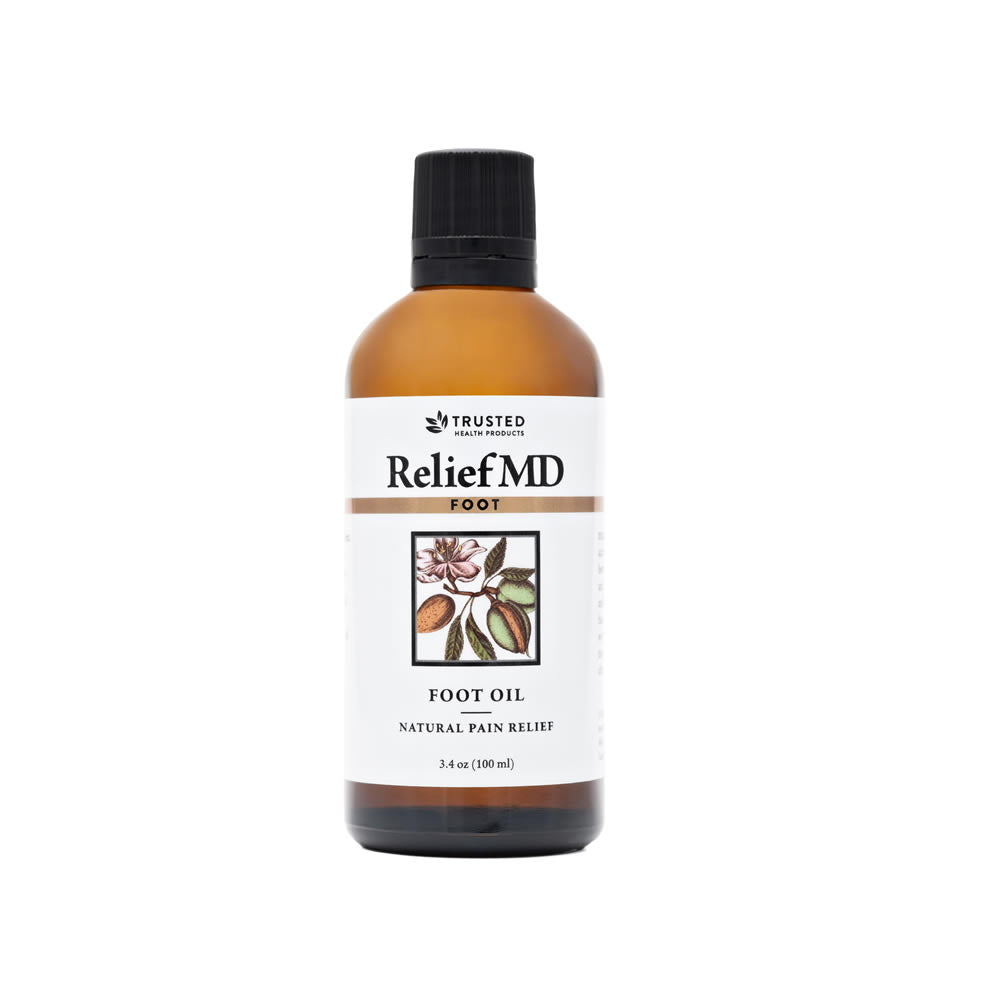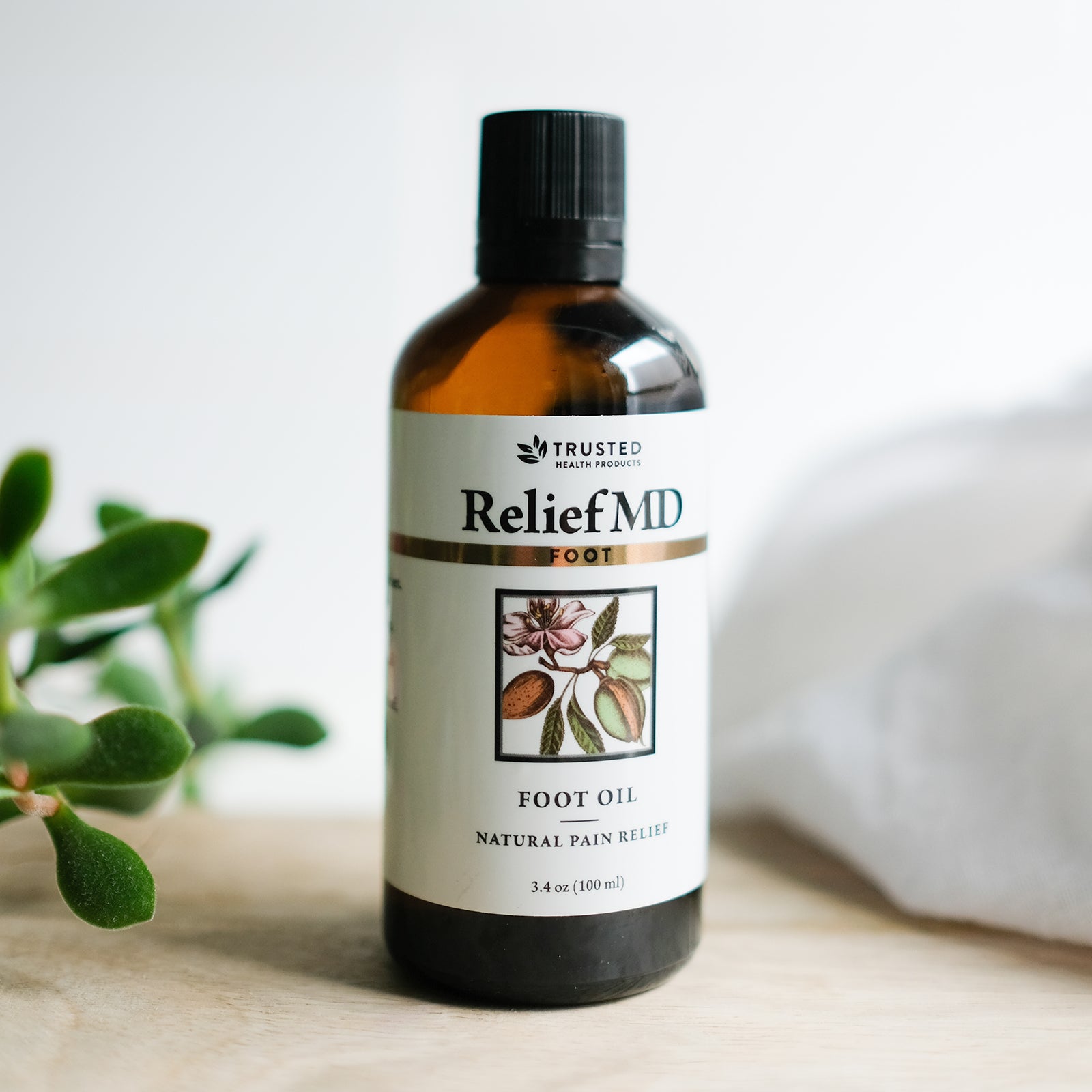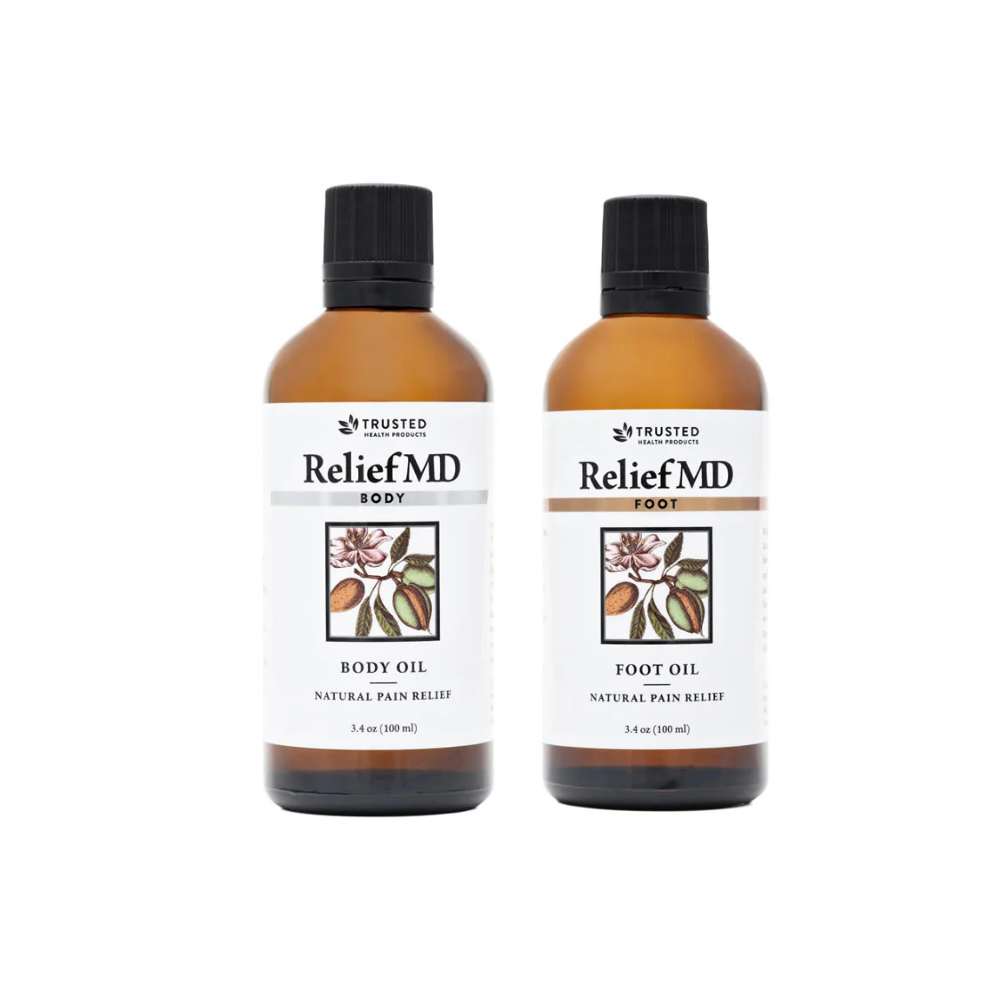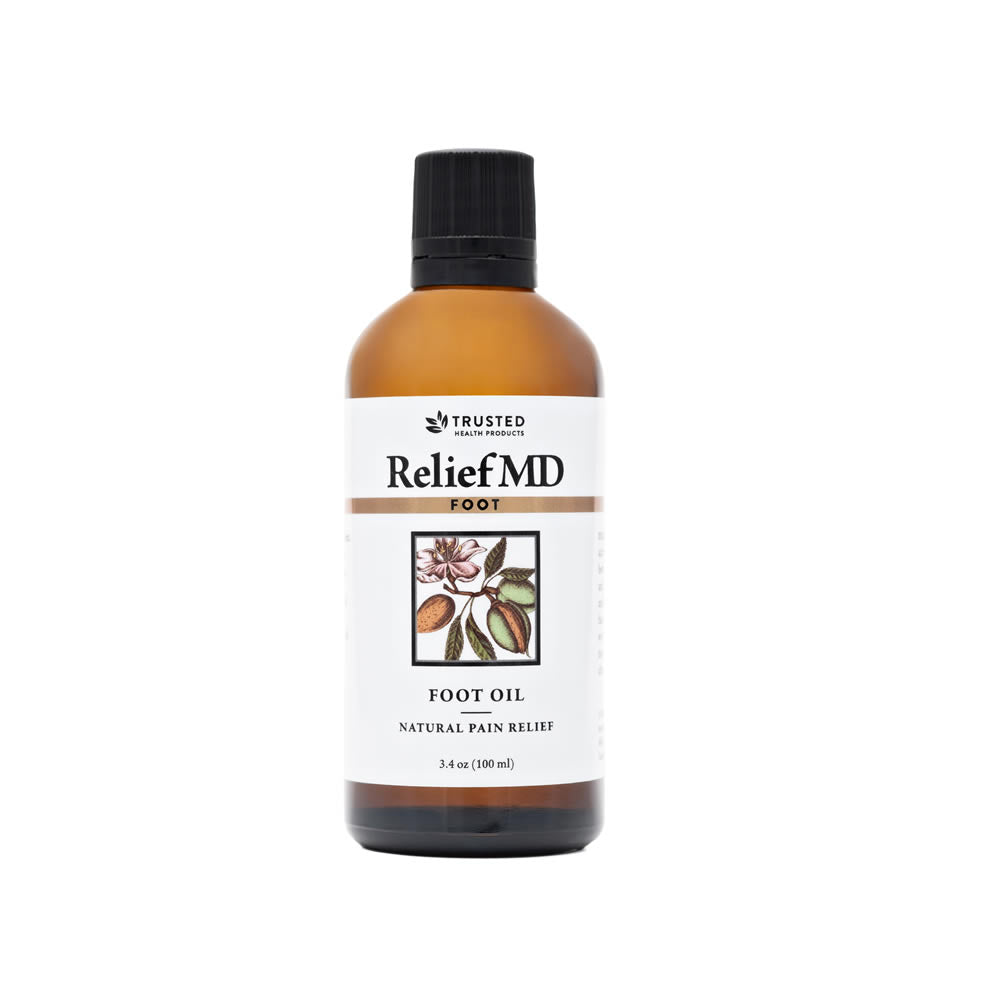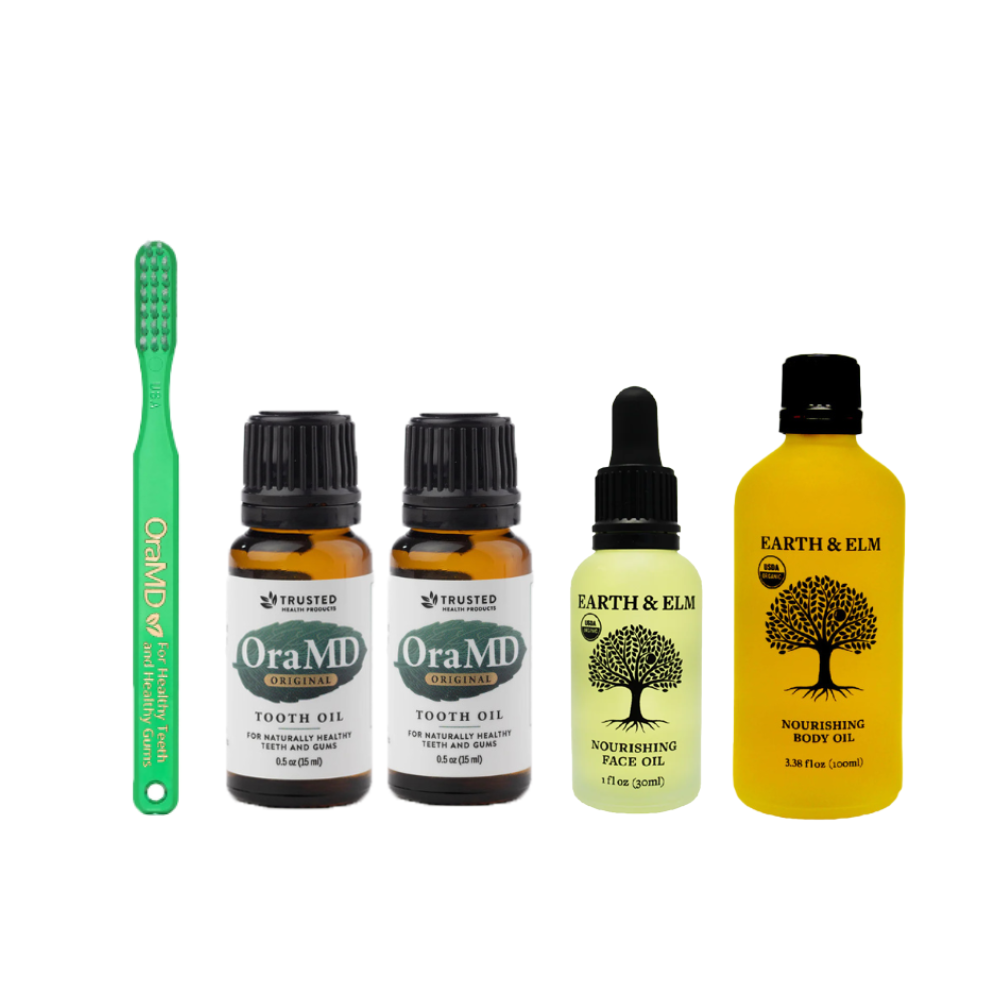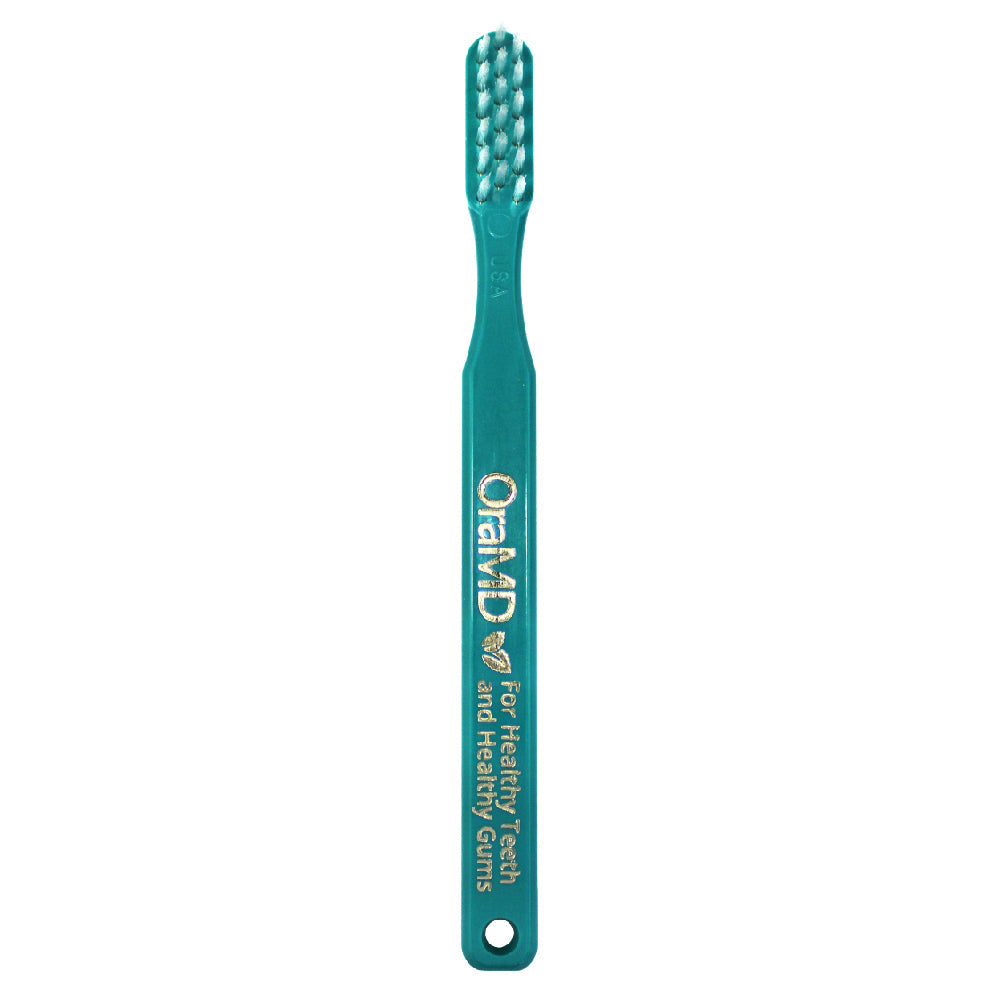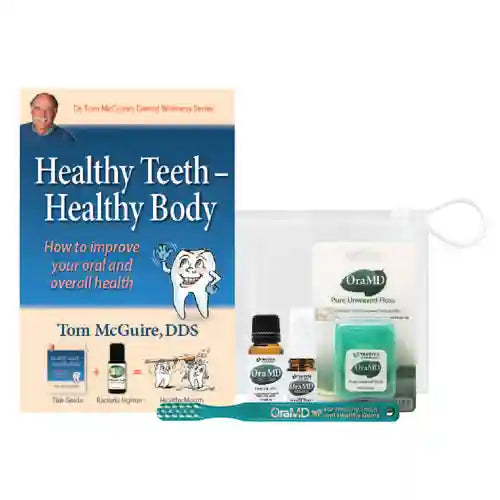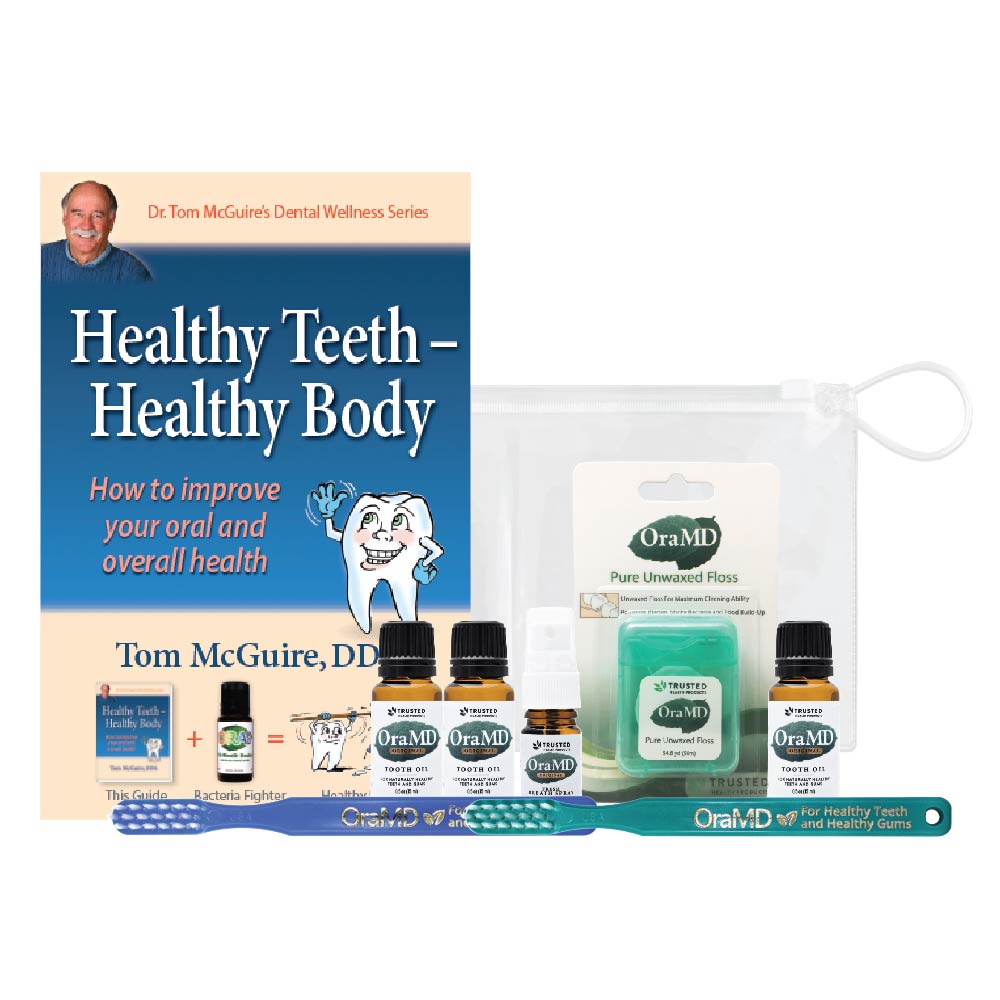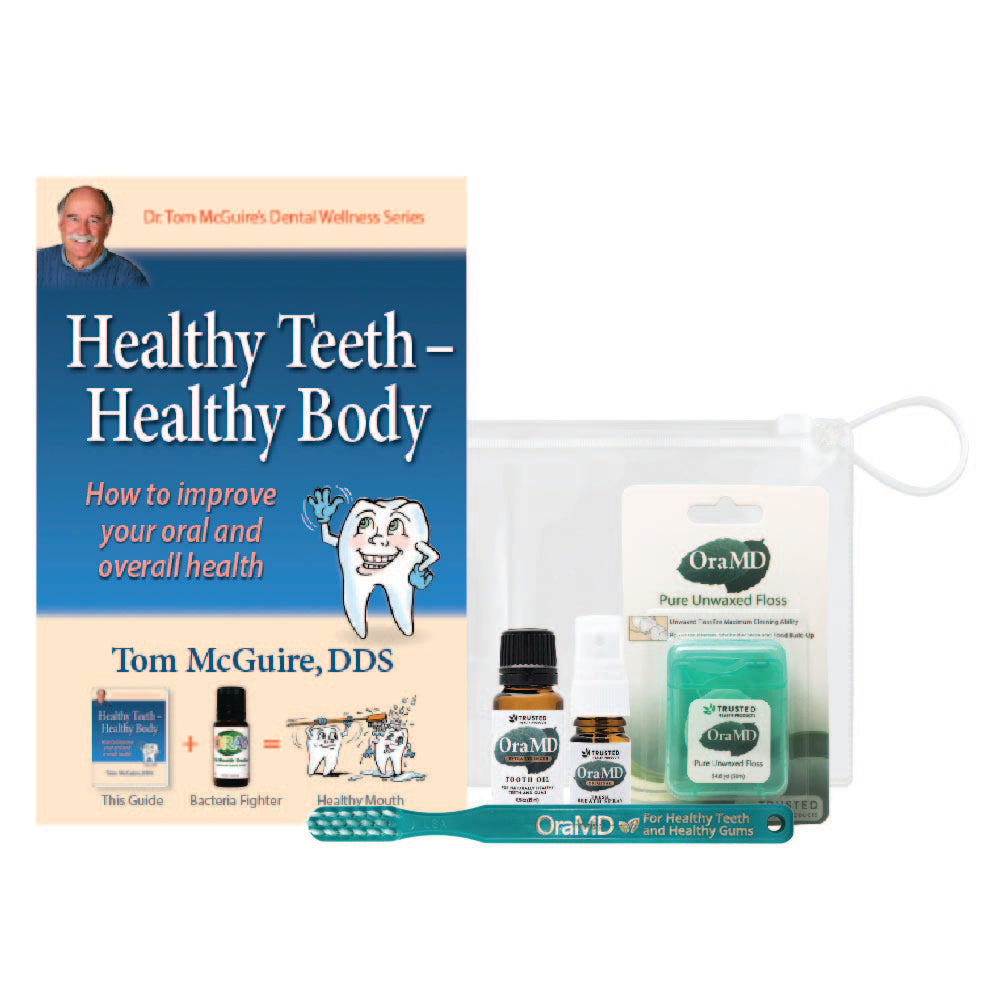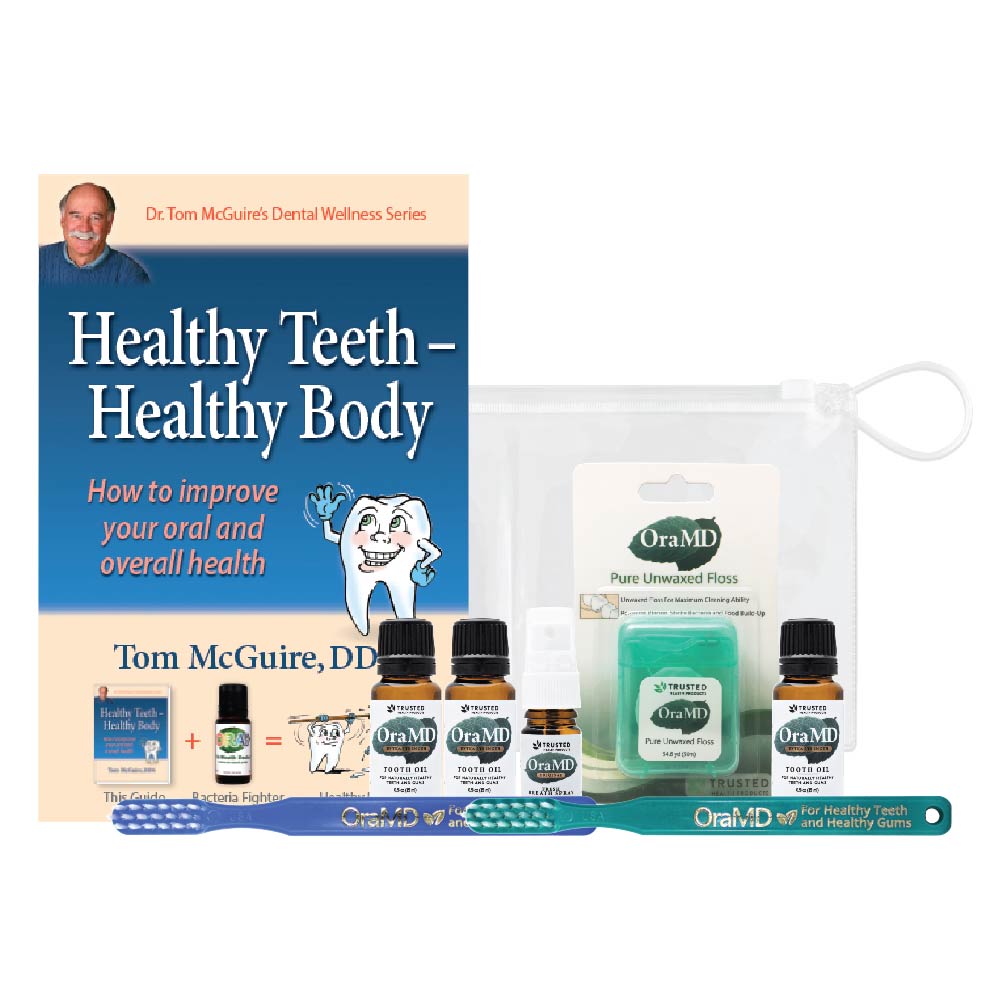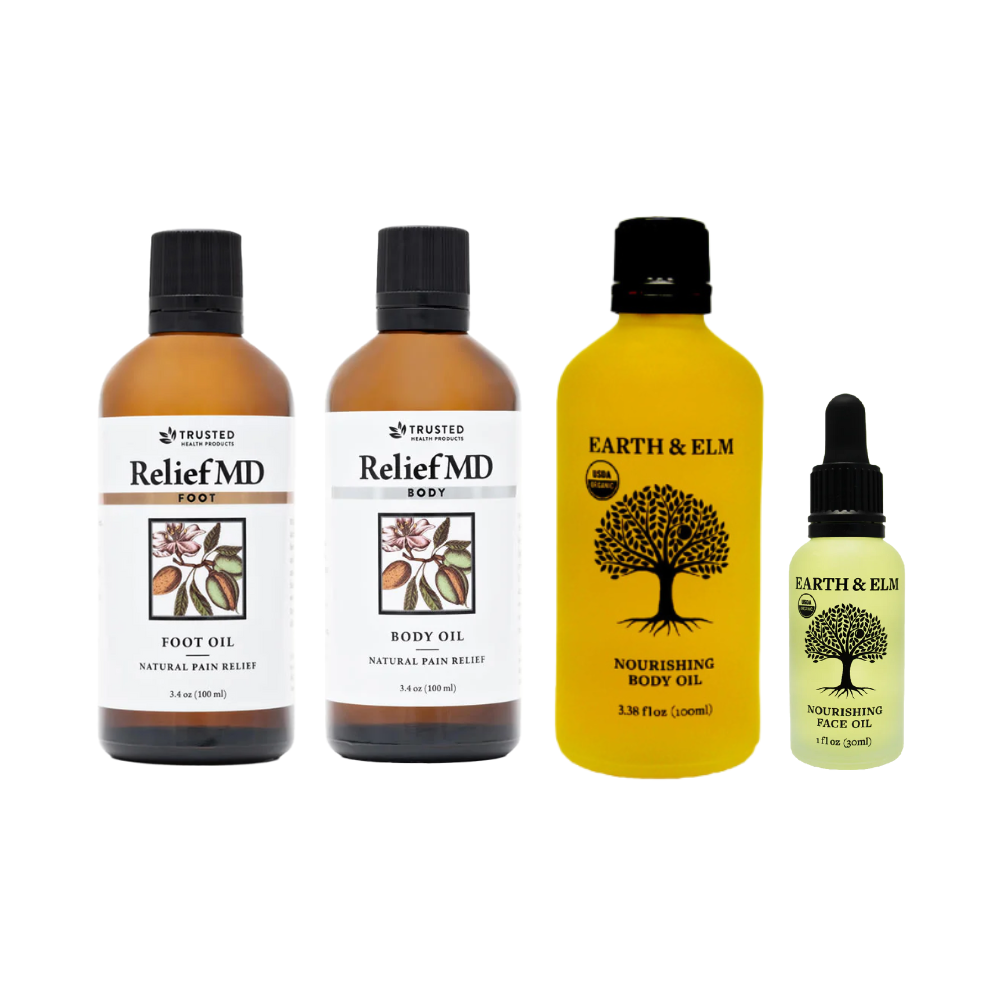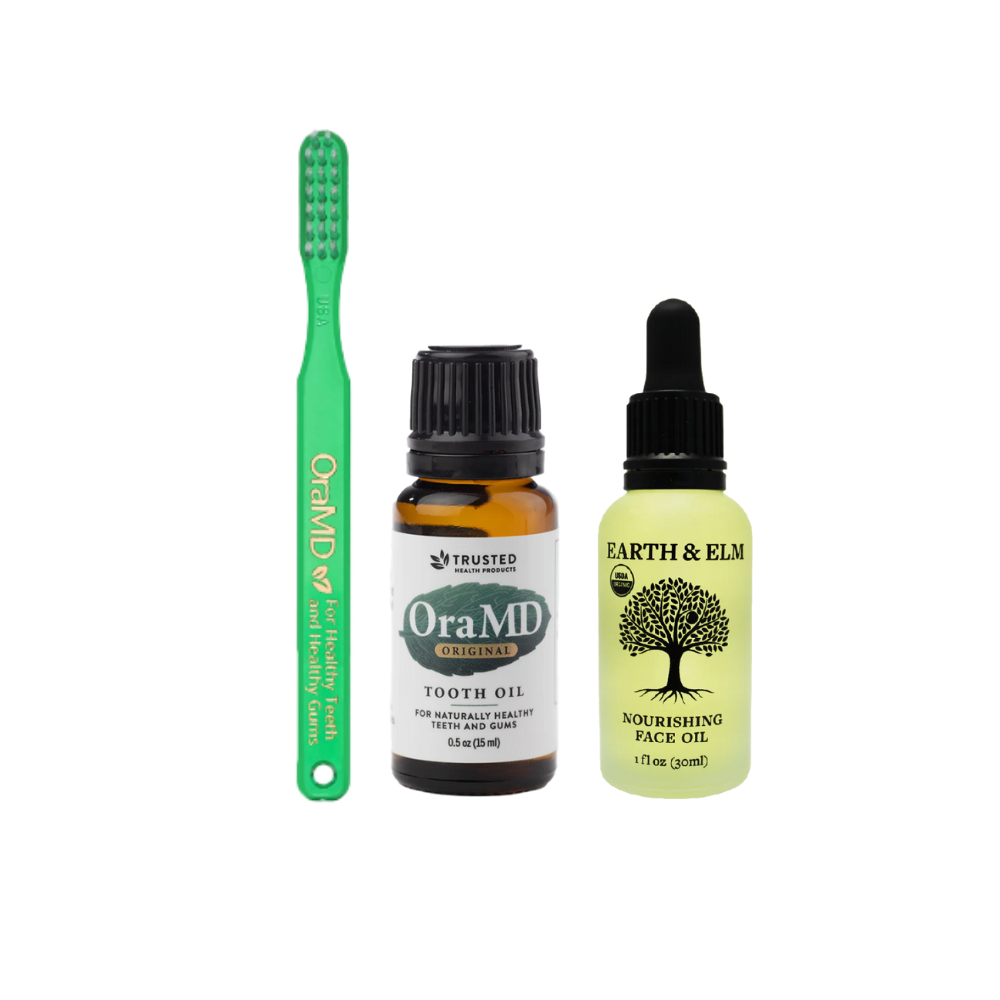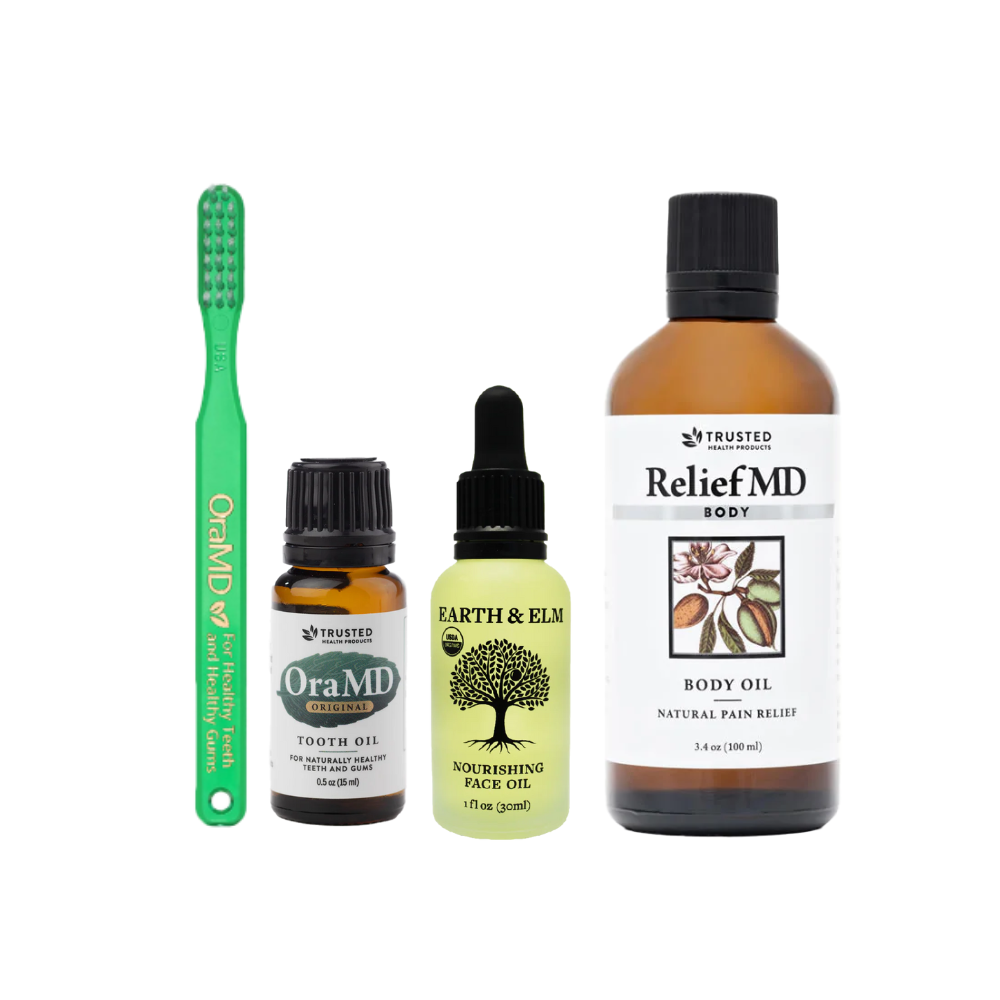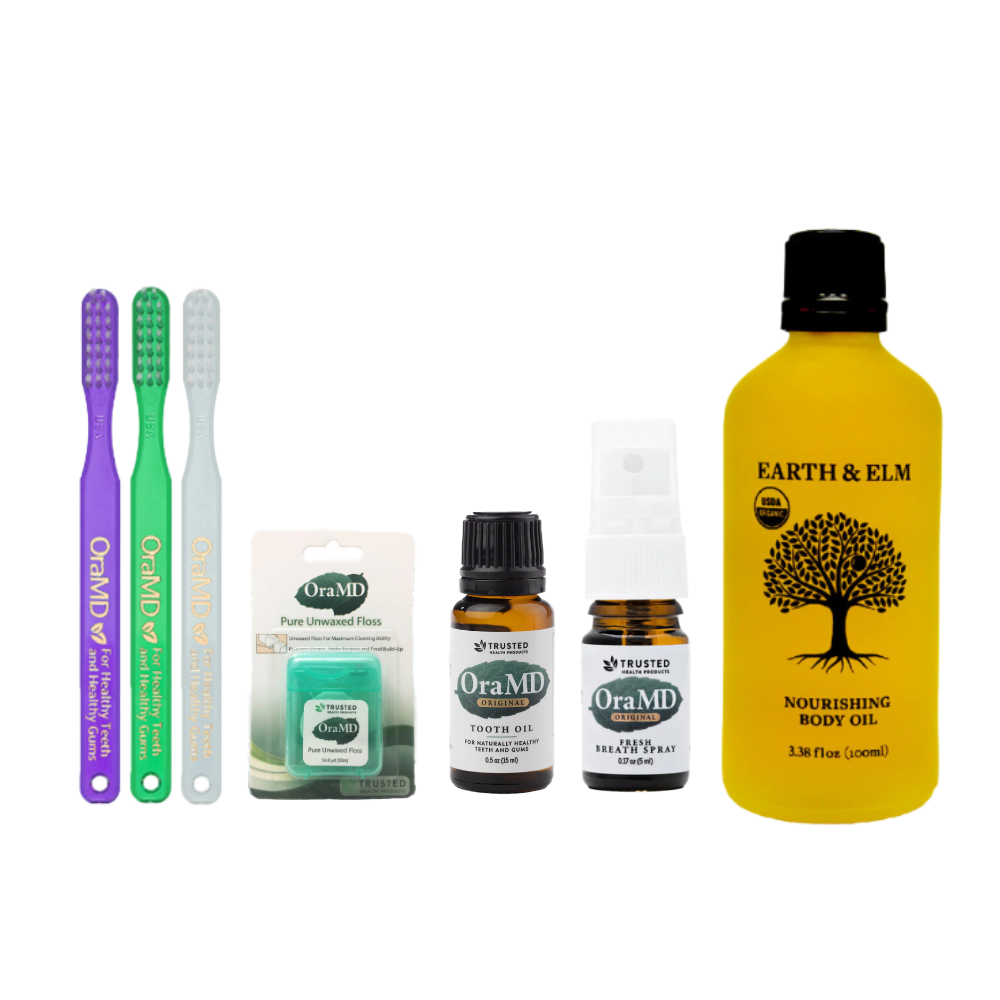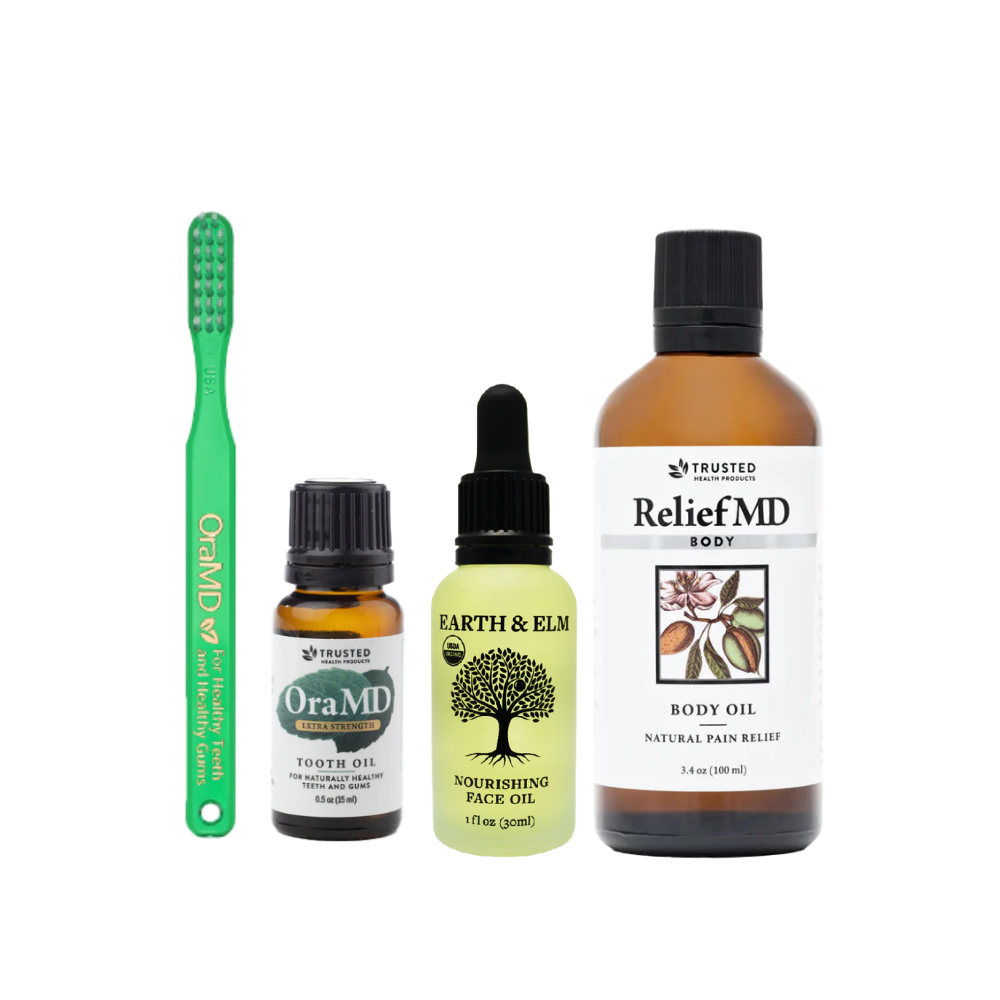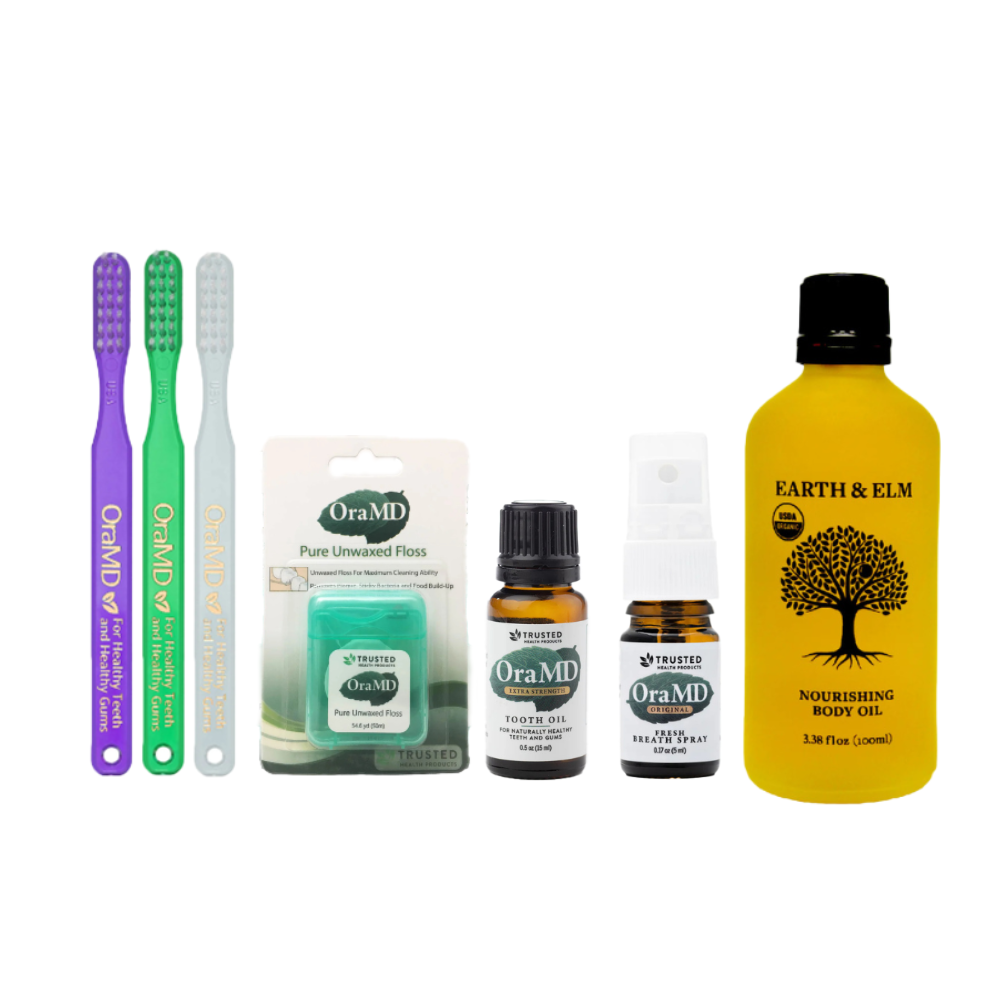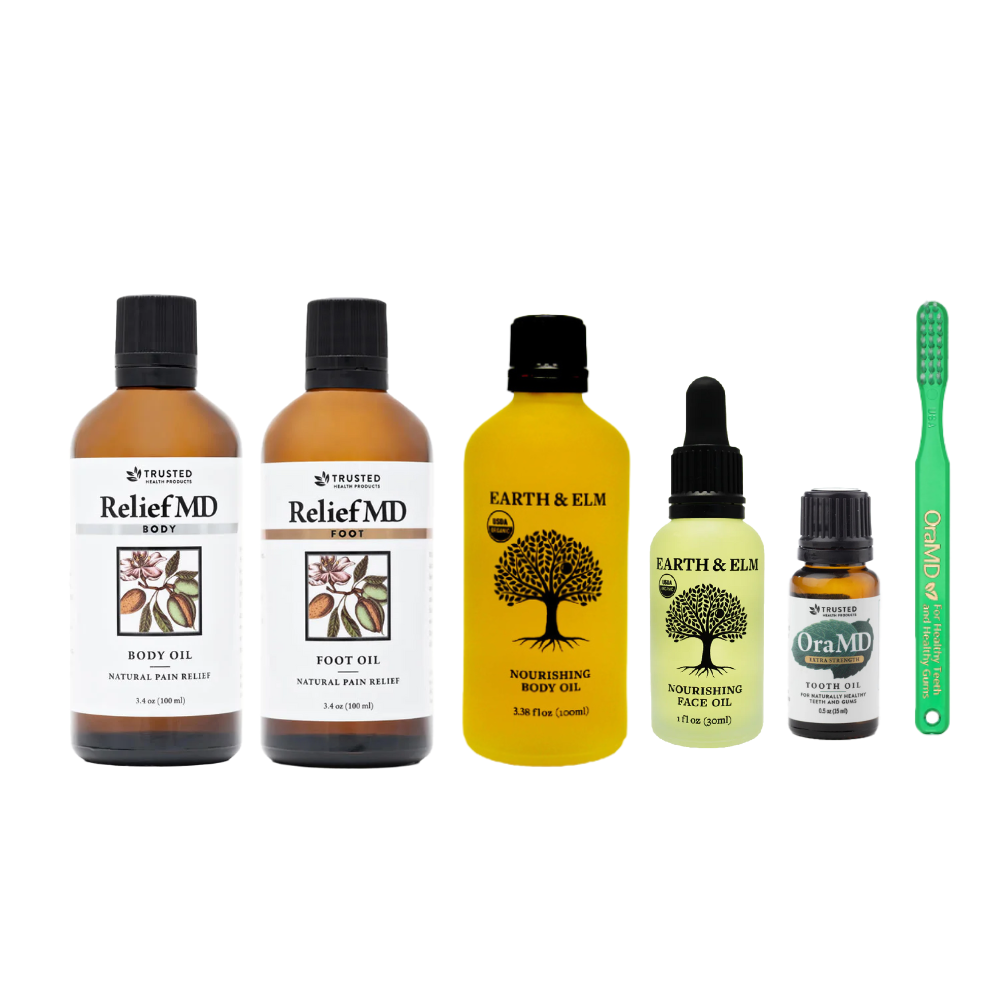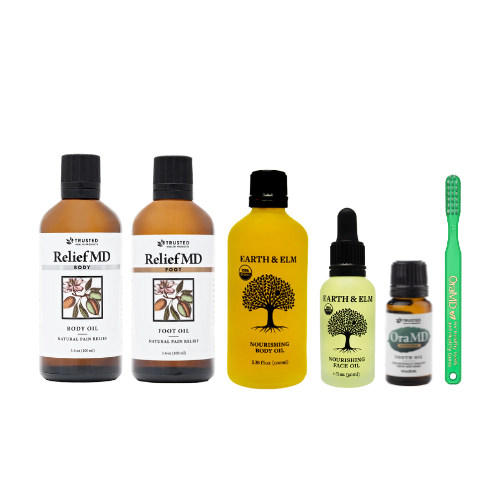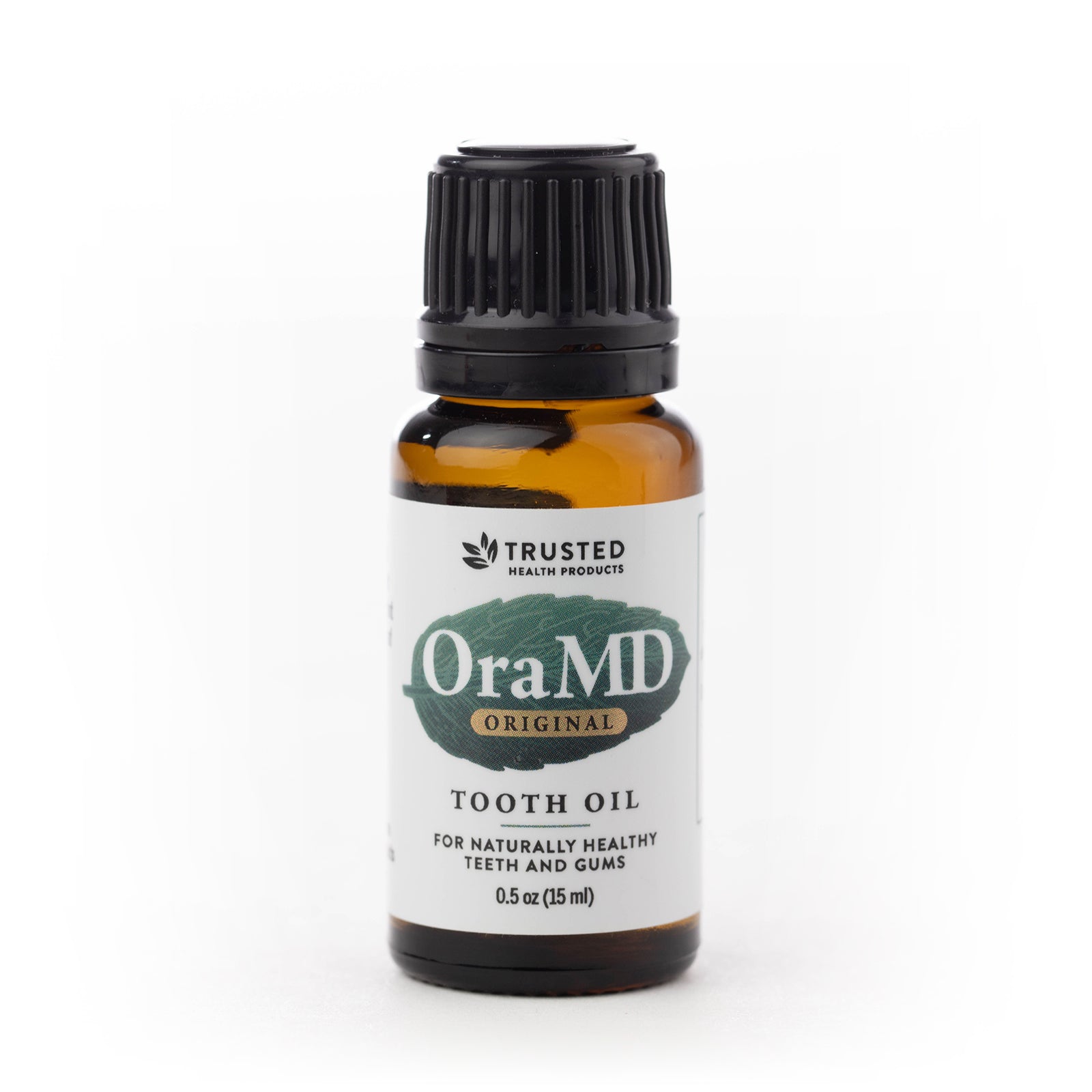Wisdom Teeth Extraction Signs
March 09, 2022
Author: Admin Editor
Tags:
Written By Kassandra Foreman / Reviewed By Ray Spotts
Wisdom teeth are the third molars that usually erupt through the gums between 17 and 20 years of age. They often create dental concerns including pain, gum disease, bone loss, infection, and can even increase the occurrence of cavities in other teeth. To avoid complications they are often removed to prevent or treat these common concerns.
Dr. Amin Samadian of the University of the Pacific, Arthur Dugoni School of Dentistry, has created a practice that focuses on oral and facial reconstruction, comprehensive dental care, and offers both medical and cosmetic dental treatments. This all-in-one approach offers detailed care to those who need it, and often removes wisdom teeth for many different reasons.
Checking wisdom teeth
Dr. Samadian checks for wisdom teeth that are unable to easily fit within the available space in the mouth, and those that are not correctly aligned. When wisdom teeth are growing incorrectly they will affect all the other teeth, along with the gums and even the bone, in which case they should be removed quickly.
In some instances they will be removed before they have erupted through the gums, especially those that are growing sideways and interfering with the neighboring teeth.
Preparing for wisdom teeth removal
Before removal begins, X-rays are taken with possibly a 3D scan including the bone structure. This will allow a detailed exam and consideration of the positioning and health of all the teeth as well as what damage they are likely to cause and the best way to proceed with removal.
If they require removal there is consideration for what type of anesthesia is recommended and the procedure will be scheduled.
Wisdom teeth removal process
During the procedure, a cut is created in the gums to allow the problem tooth to be exposed. Dr. Samadian uses ultrasonic technology in loosening and removing the tooth, which is less invasive. After removing any debris from the area and ensuring it is clean, stitches are used as needed to repair the gums and allow them to heal back together.
Using laser technology he ensures the area is sanitized to reduce the risk of infections at the removal site. Gauze is used to cover the area and encourage the necessary blood clots to begin forming.
There should be no pain during the extraction process, and there will be detailed instructions to follow for the after-care healing process. Discomfort may occur during the healing process so instructions should be followed concerning care and food choices.
Once the extraction process has been completed, healing should begin and within a few days discomfort should pass. After the teeth have been removed they won’t cause any further complications for the remaining teeth and you may return to normal eating habits.
Looking for a 100% all-natural liquid tooth oil and mouth rinse? Check out OraMD Original Strength and OraMD Extra Strength. Subscribe to our Trusted Health Club newsletter for more information about natural living tips, natural health, oral health and skincare. If you are looking for more health resources make sure to check out the Trusted Health Resources list.
Written By:
Kassandra Foreman has been writing freelance for five years now and enjoys learning about new things to write about. When not writing she teaches yoga and meditation with a focus on health and fitness.
Reviewed By:
Founder Ray Spotts has a passion for all things natural and has made a life study of nature as it relates to health and well-being. Ray became a forerunner bringing products to market that are extraordinarily effective and free from potentially harmful chemicals and additives. For this reason Ray formed Trusted Health Products, a company you can trust for clean, effective, and healthy products. Ray is an organic gardener, likes fishing, hiking, and teaching and mentoring people to start new businesses. You can get his book for free, “How To Succeed In Business Based On God’s Word,” at www.rayspotts.com.
Photo by Polina Zimmerman from Pexels






